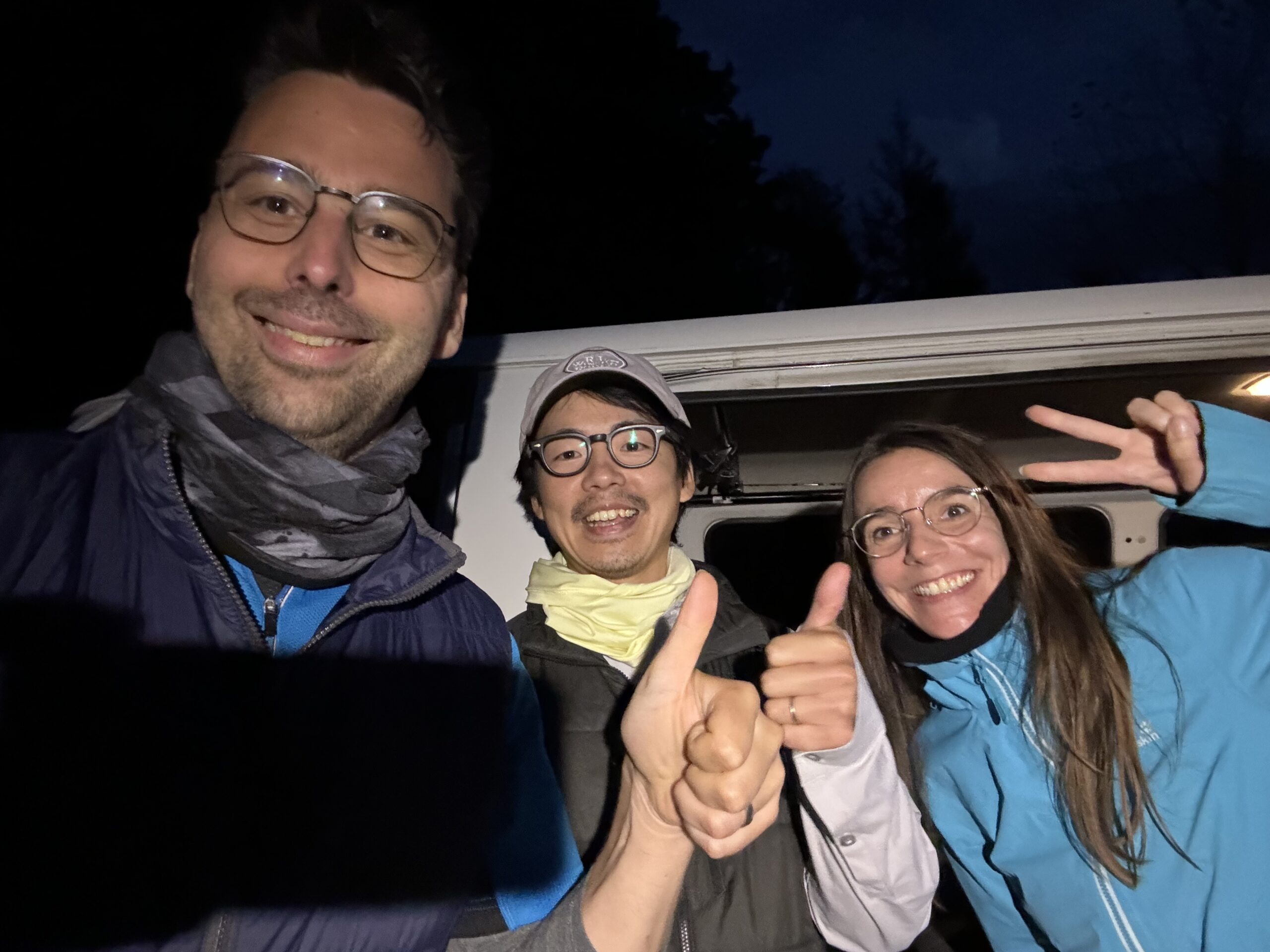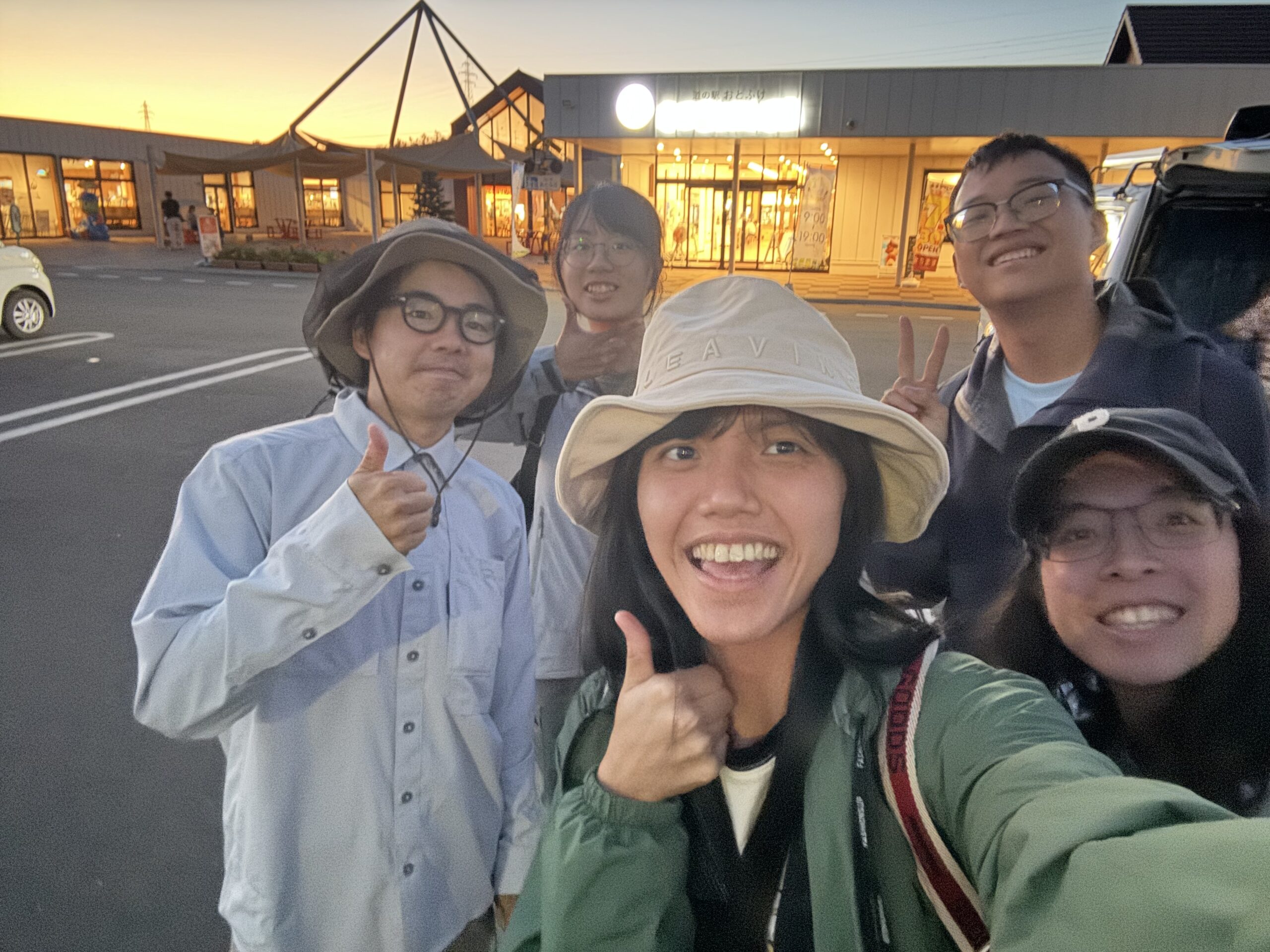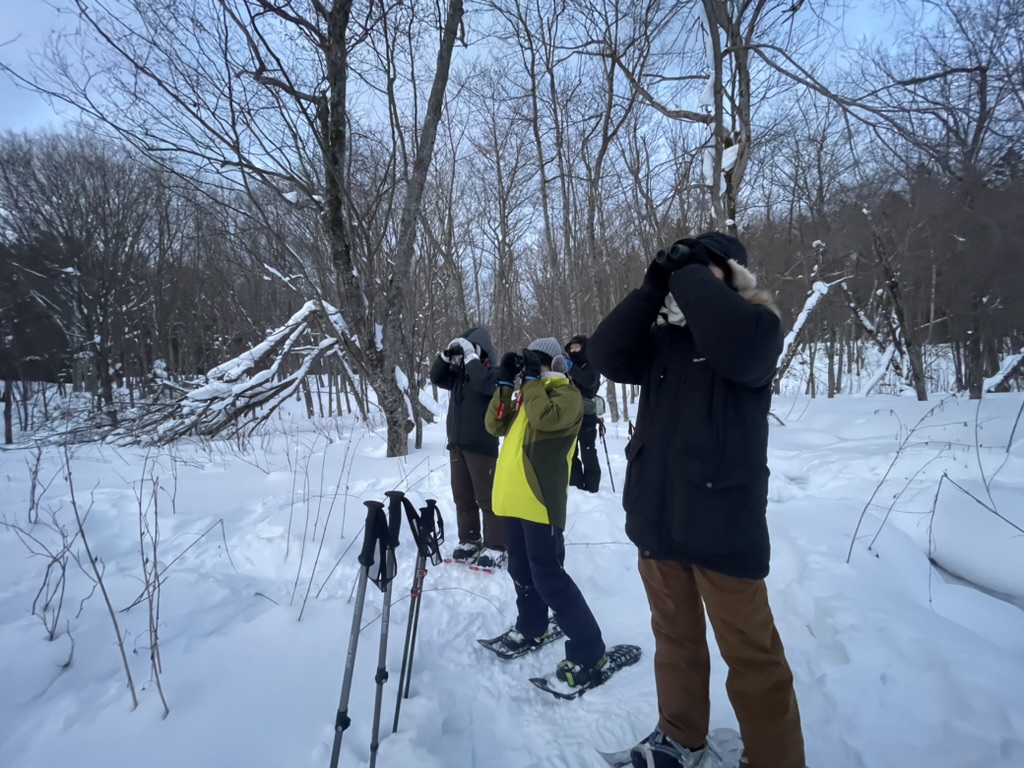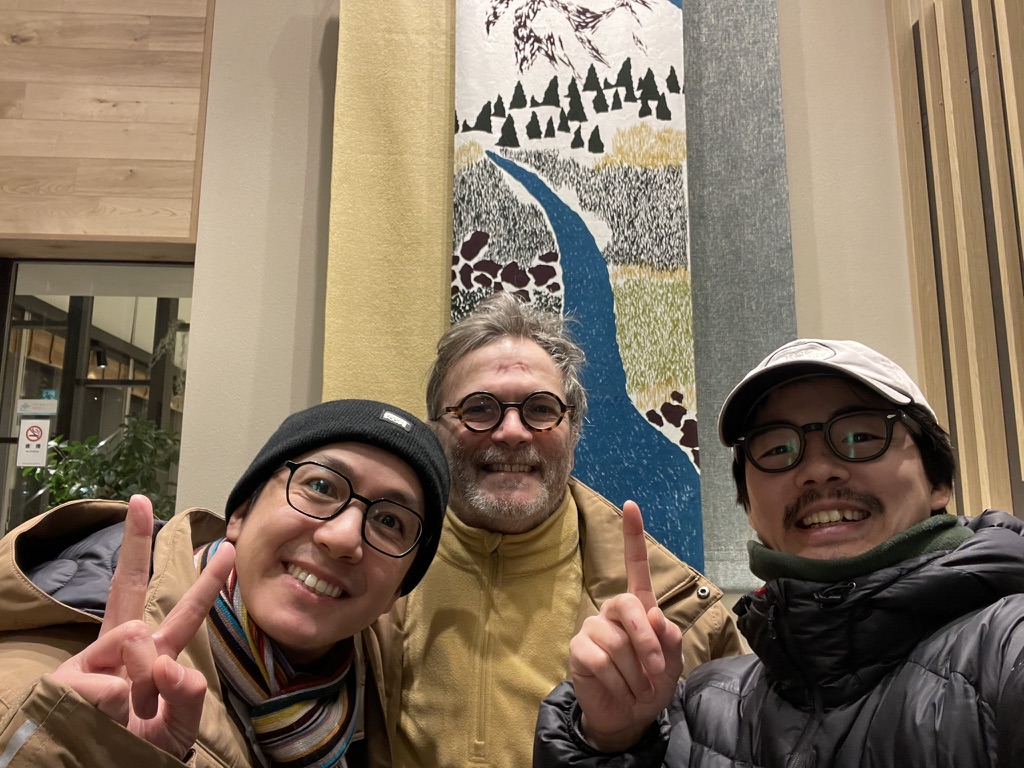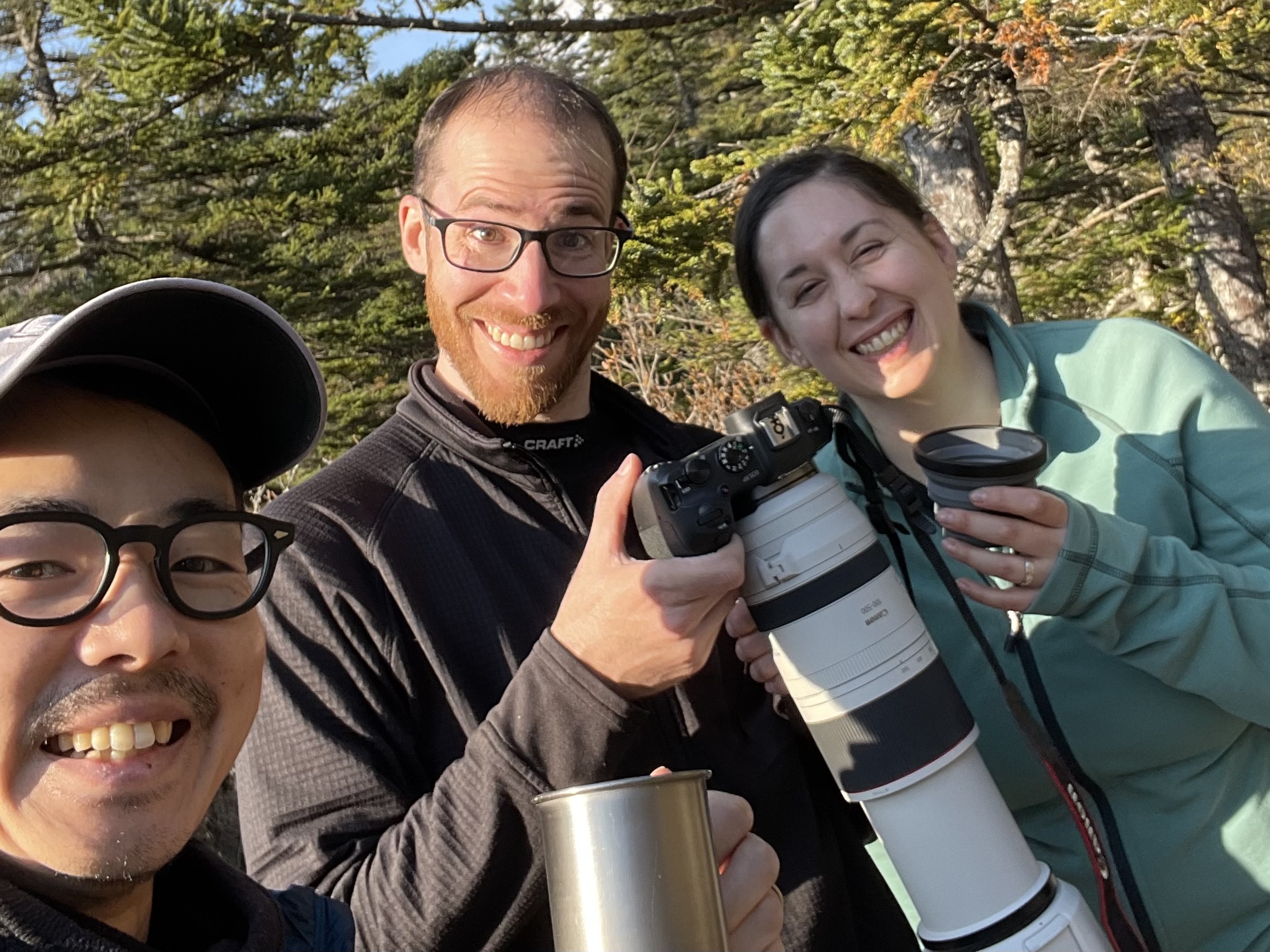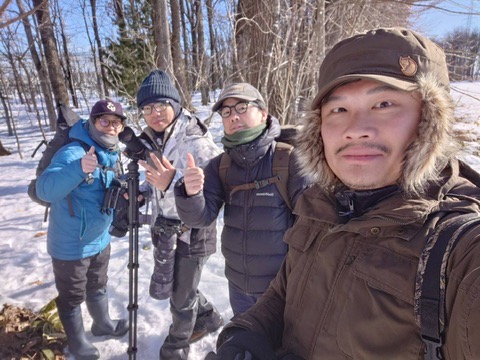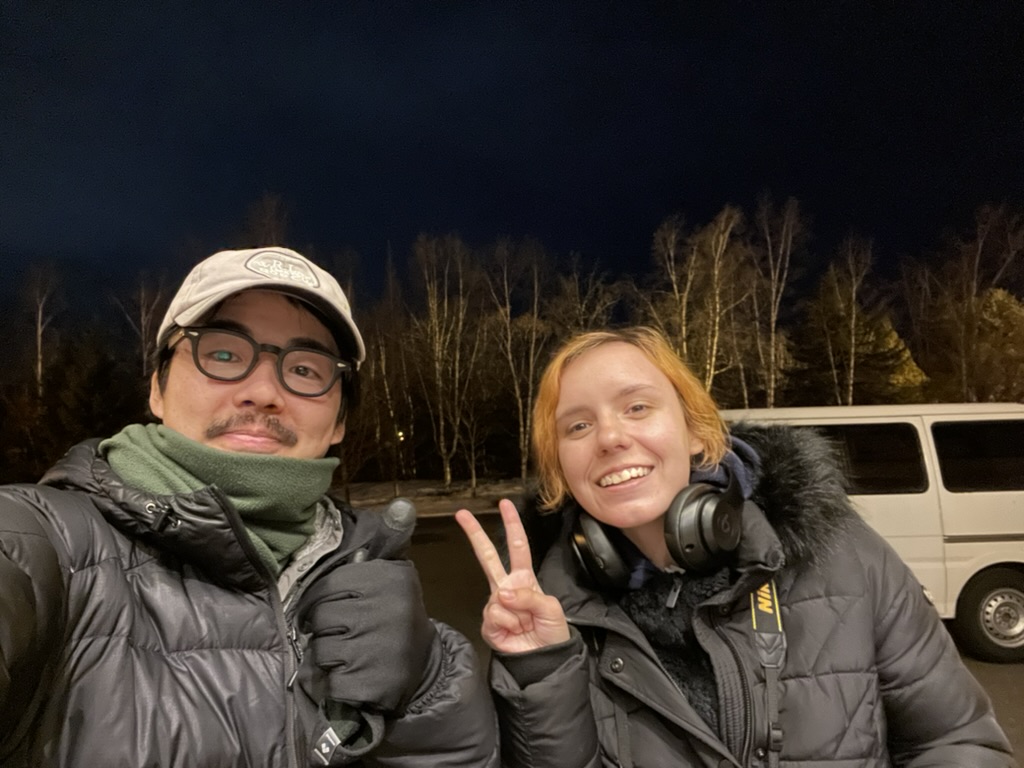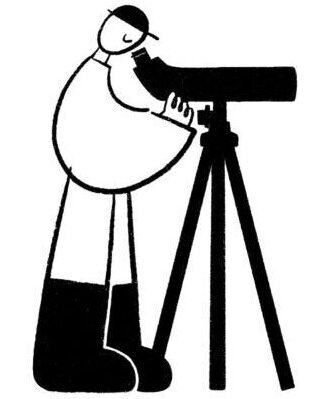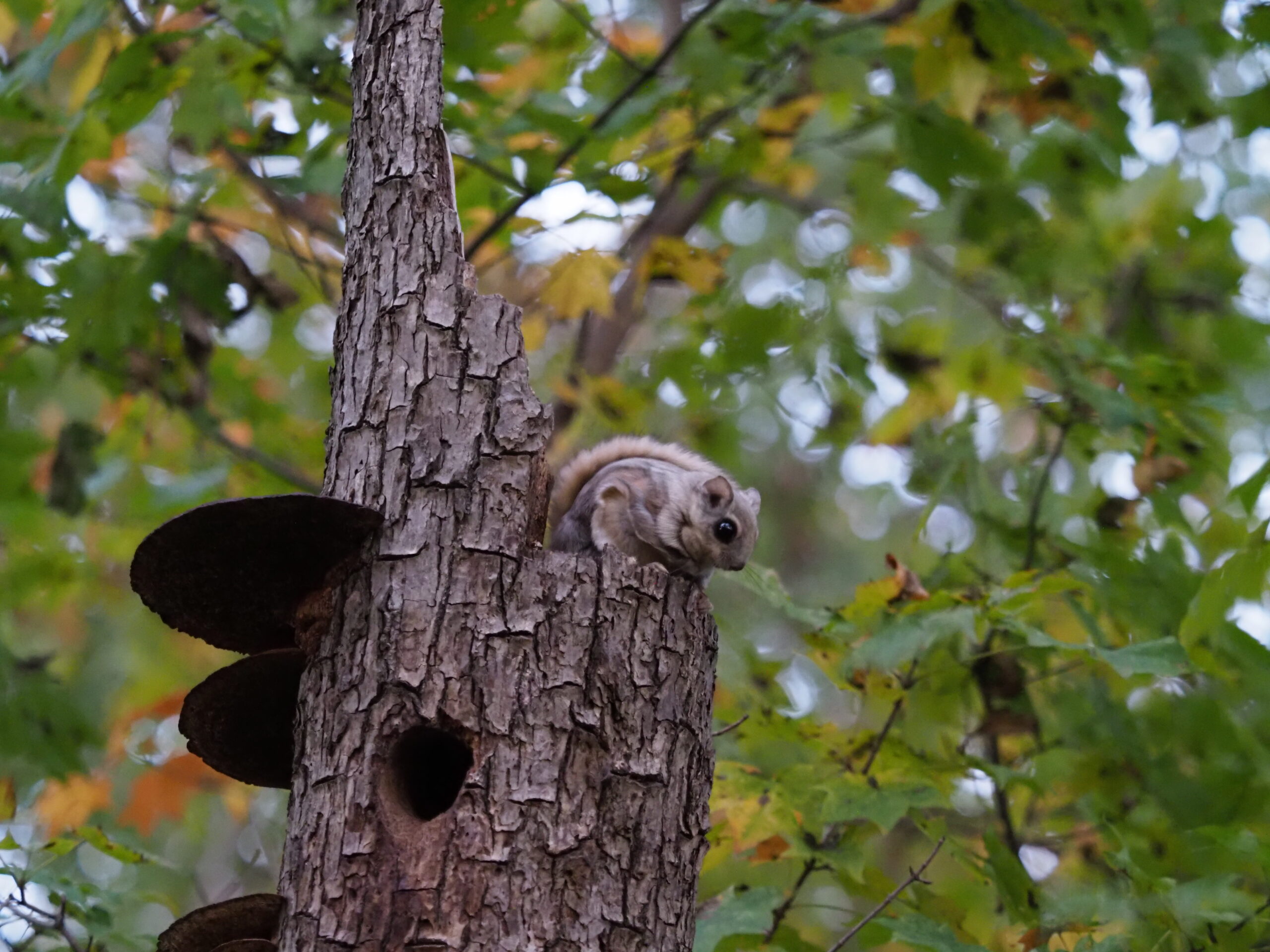HOKKAIO WILDLIFE PHOTOGRAPHY GUIDES
The windbreak forests spread across the Tokachi Plain and the coniferous forests of Daisetsu National Park are home to many of Hokkaido’s representative mammals and birds. How about going out to capture breathtaking scenes on camera together? Of course, simply observing with binoculars is also fine. The guide, through daily research, has improved the ability to encounter wildlife. Not only will we guide you to the best spots, but we’ll also provide the timing for when the Ezo momonga (Japanese flying squirrel) emerges from its nest, advise on the best shooting positions, and offer tips on camera settings and equipment.
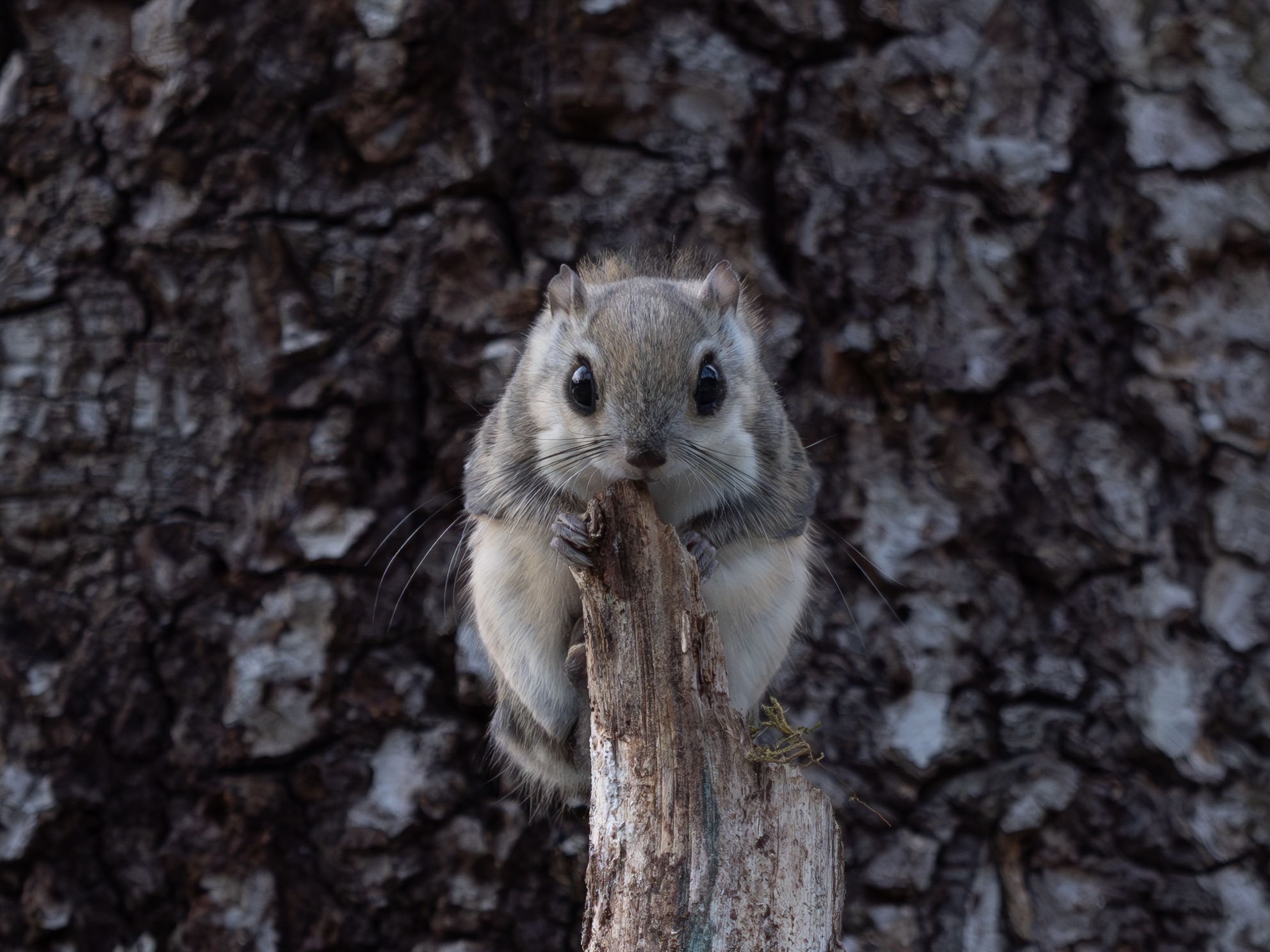
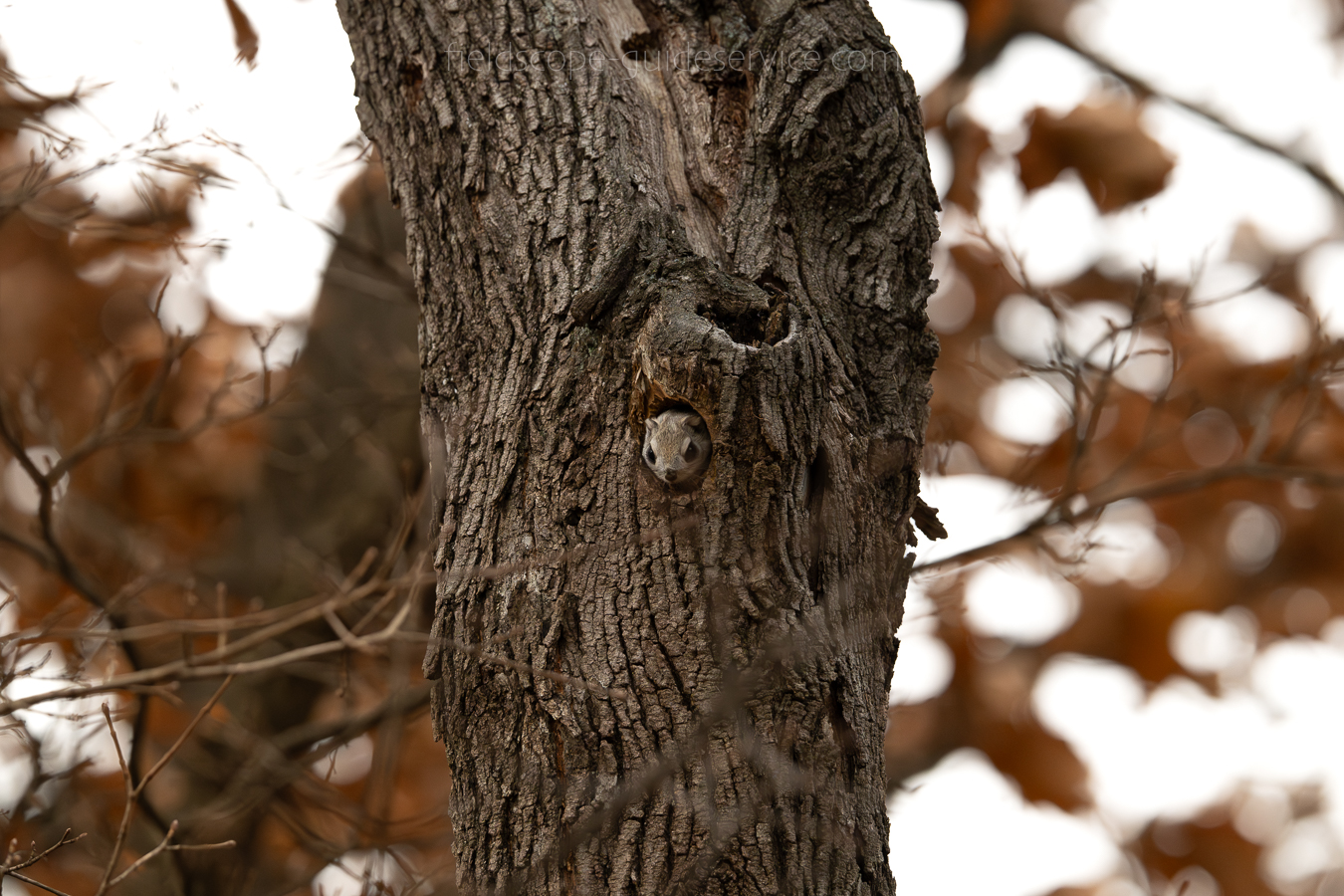
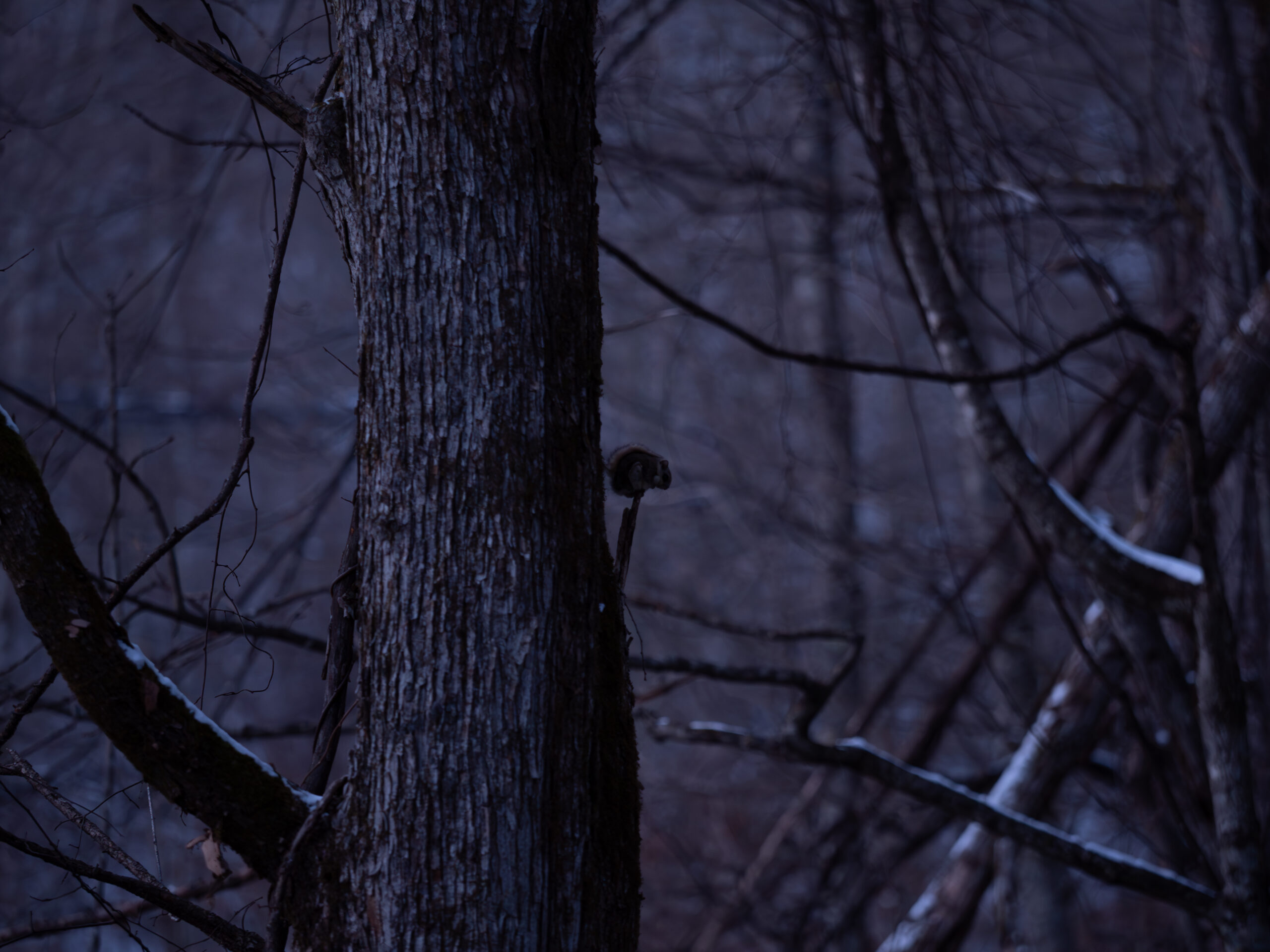
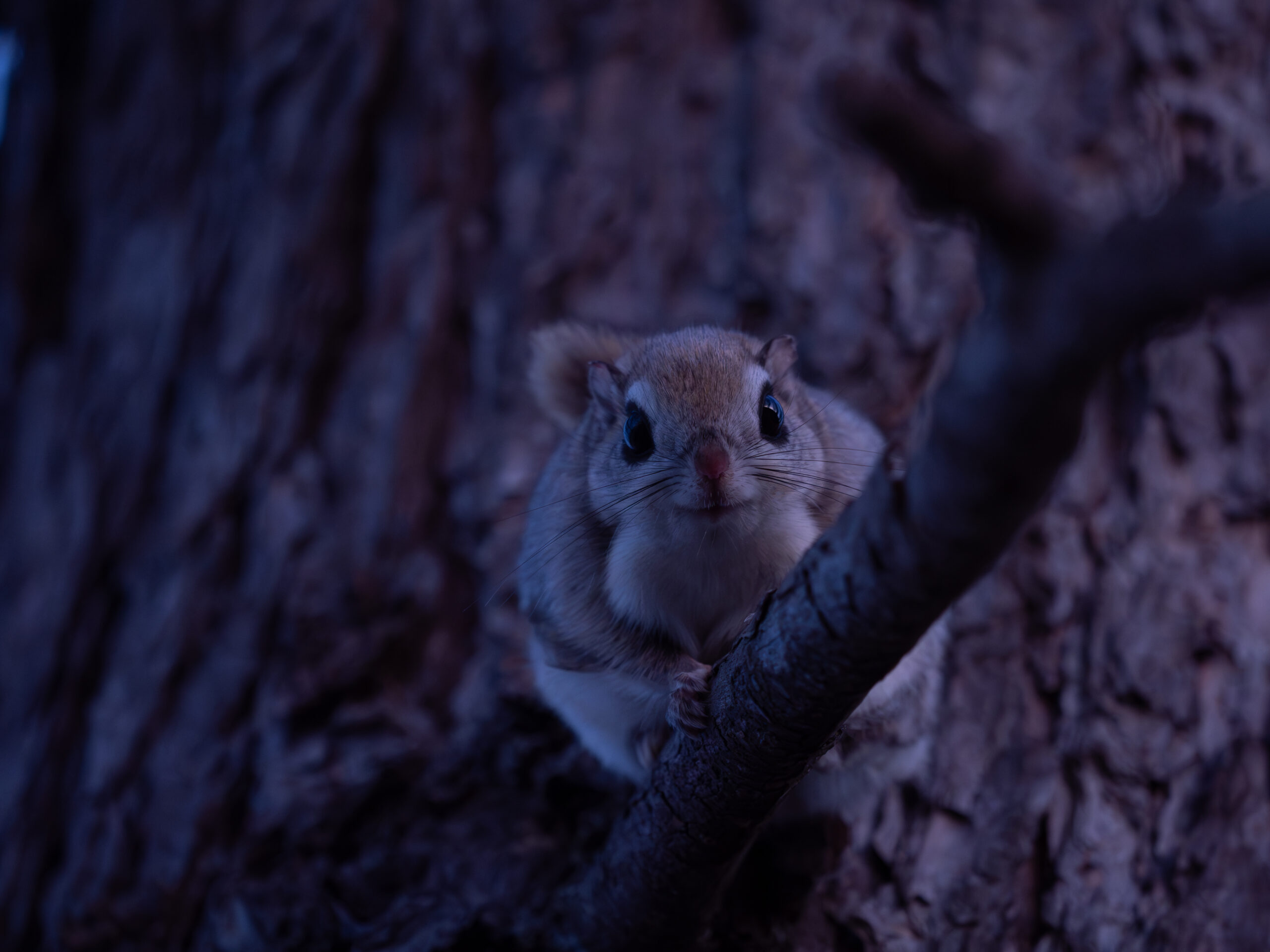
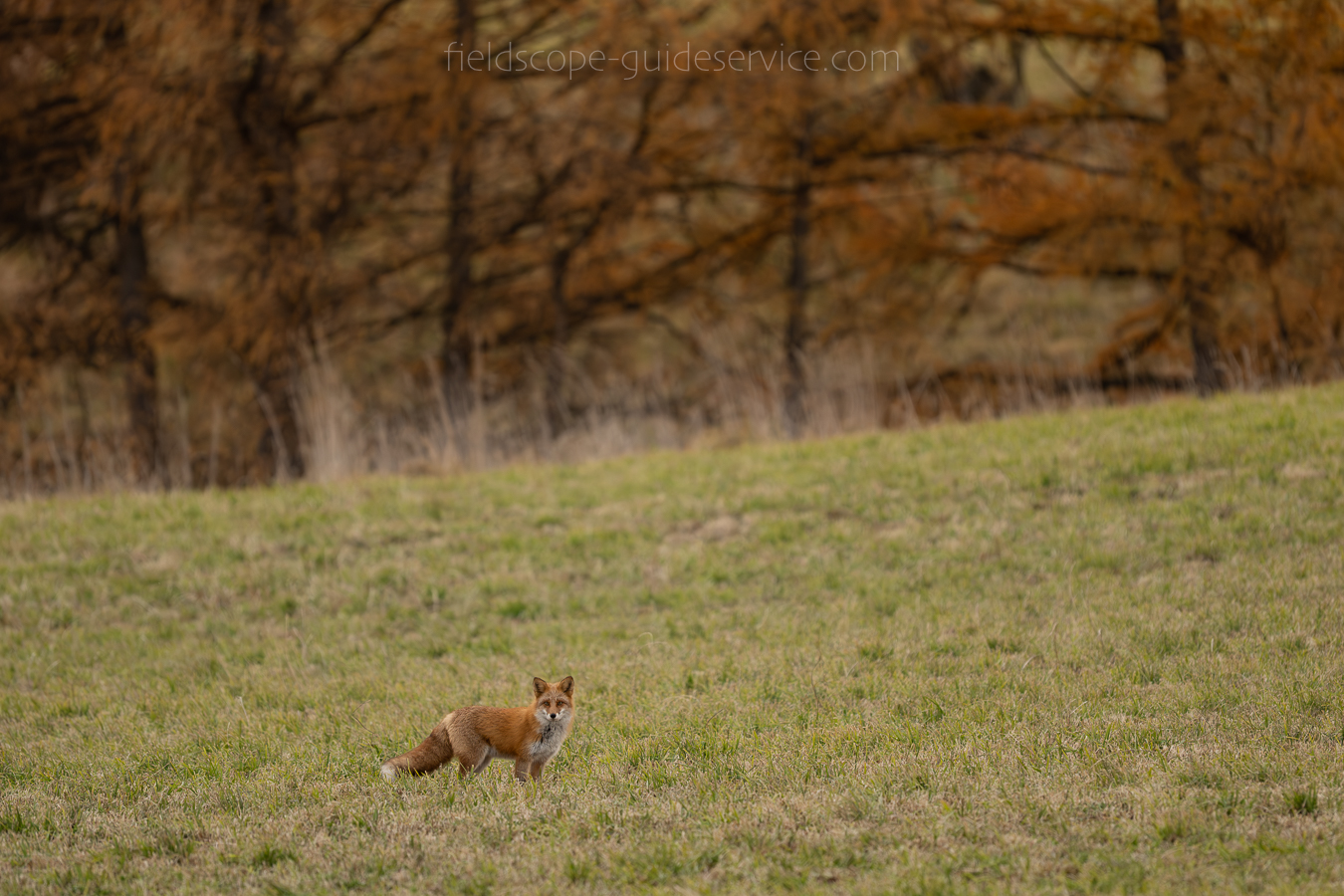
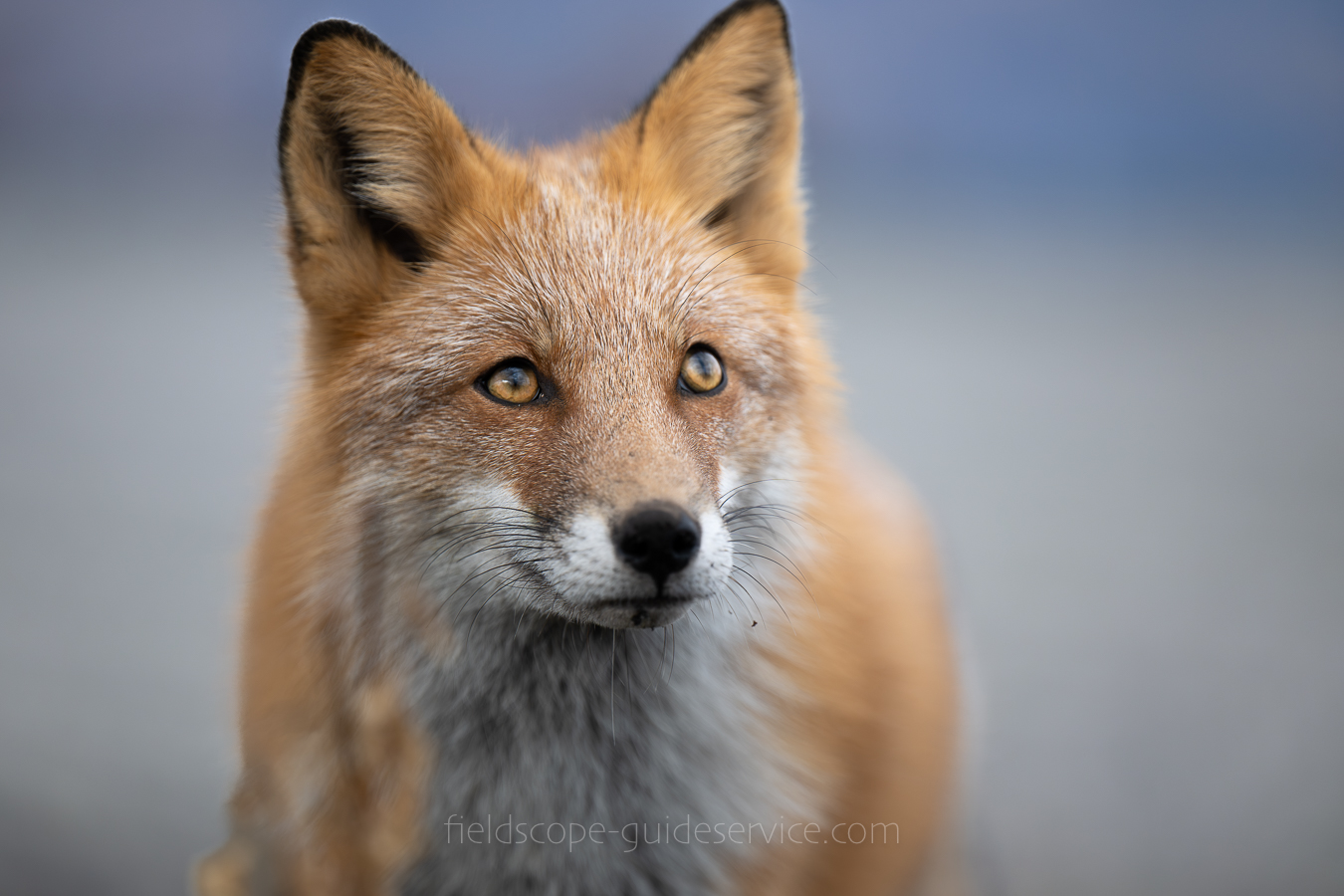
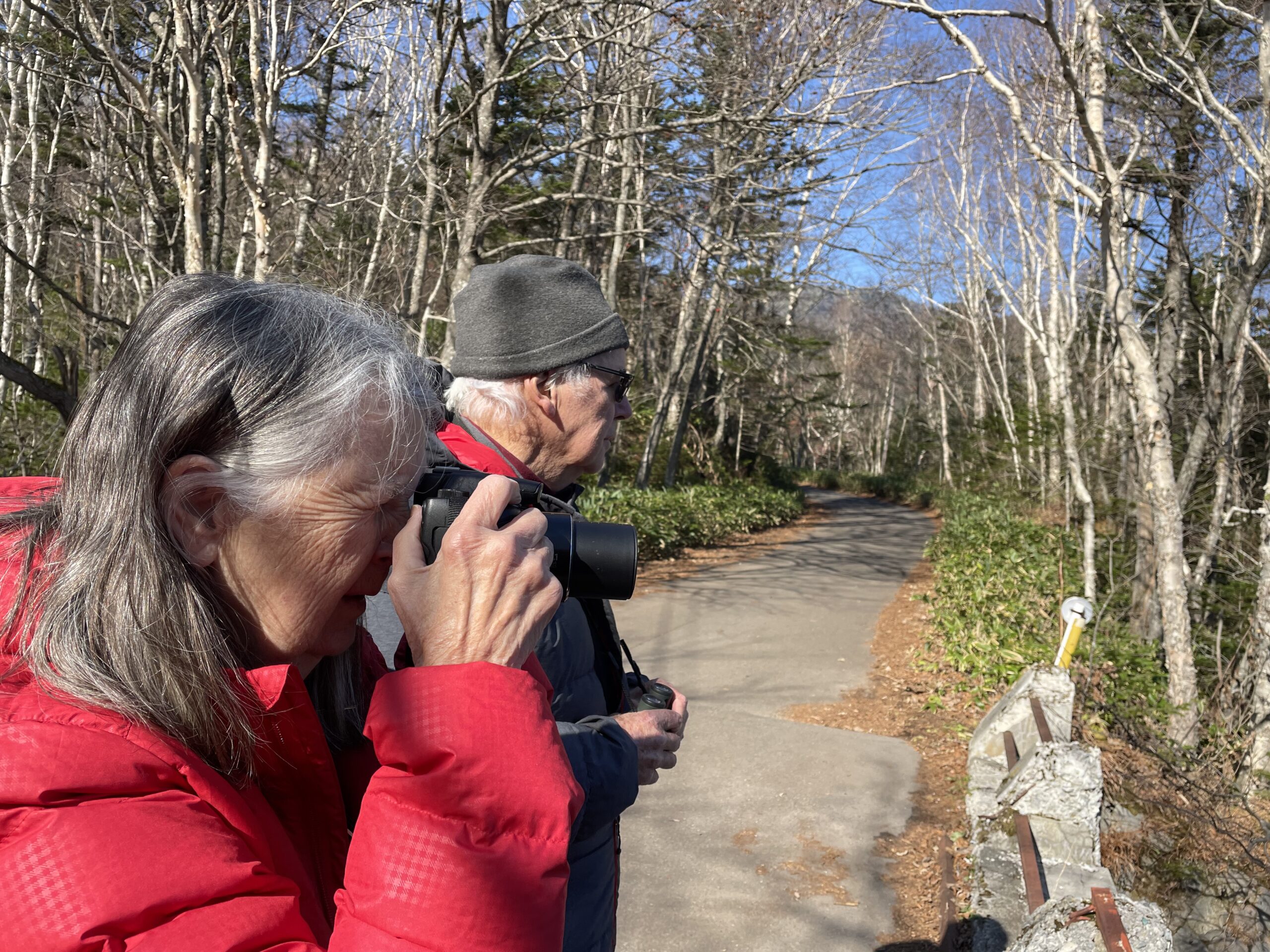
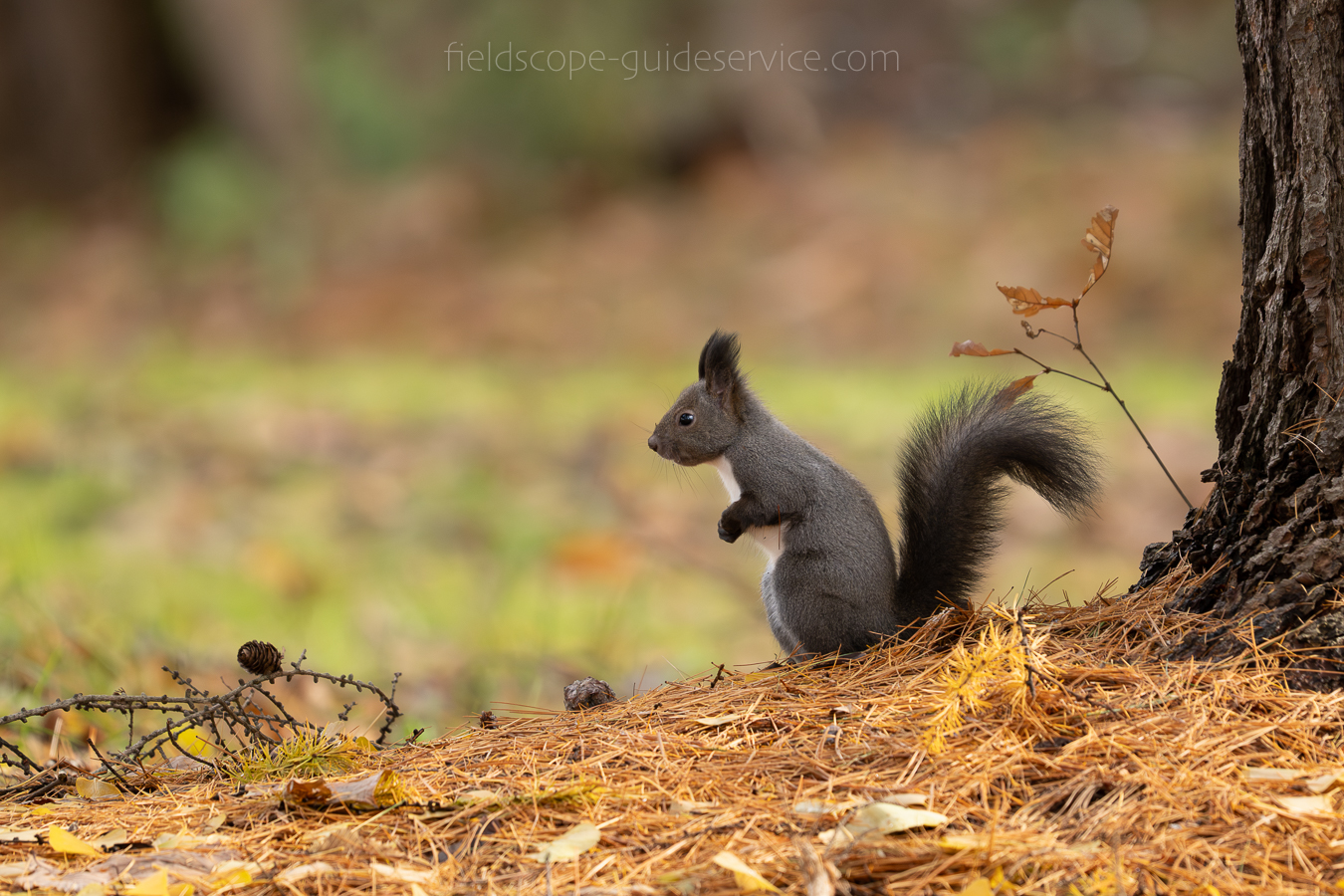
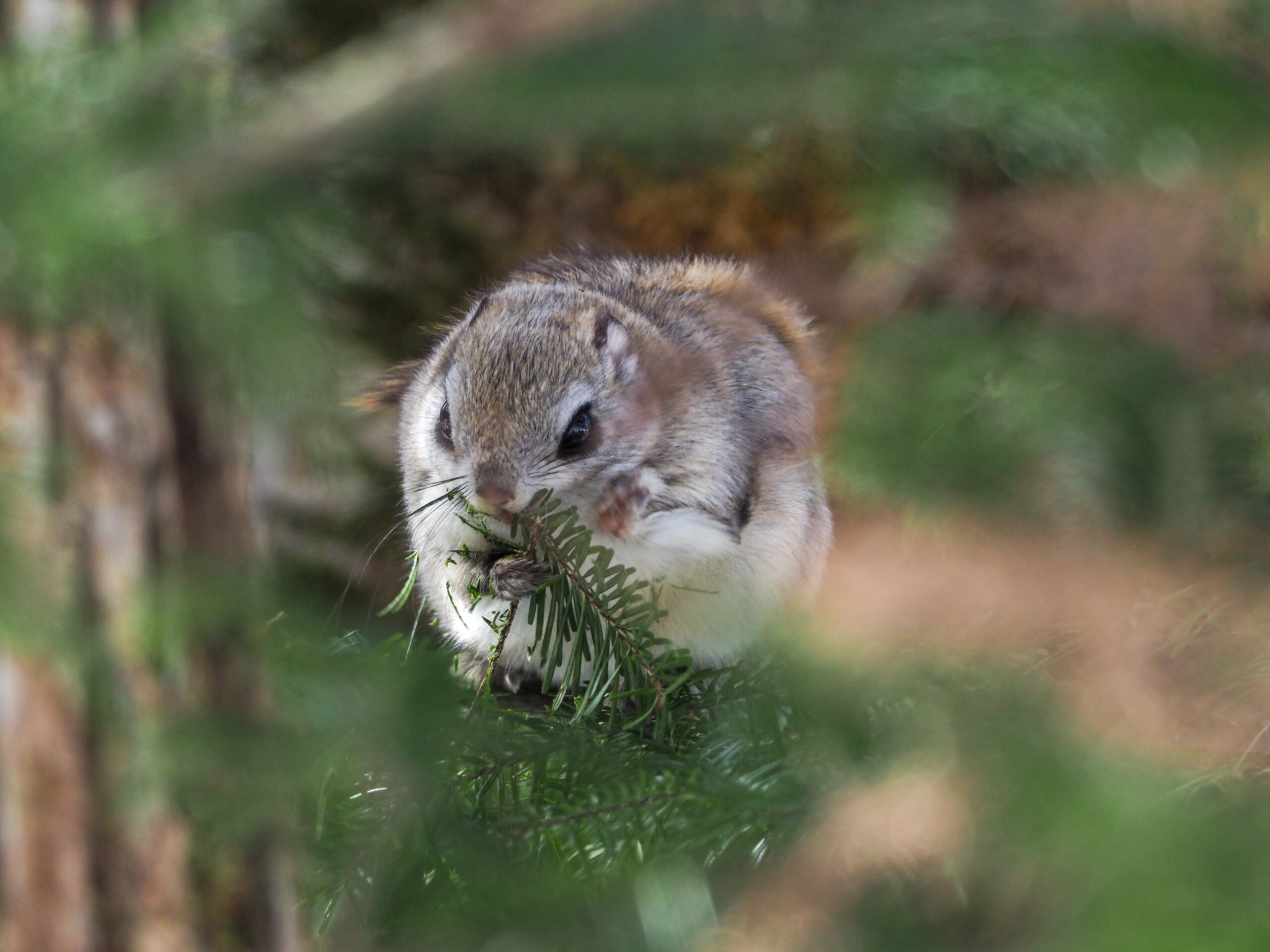
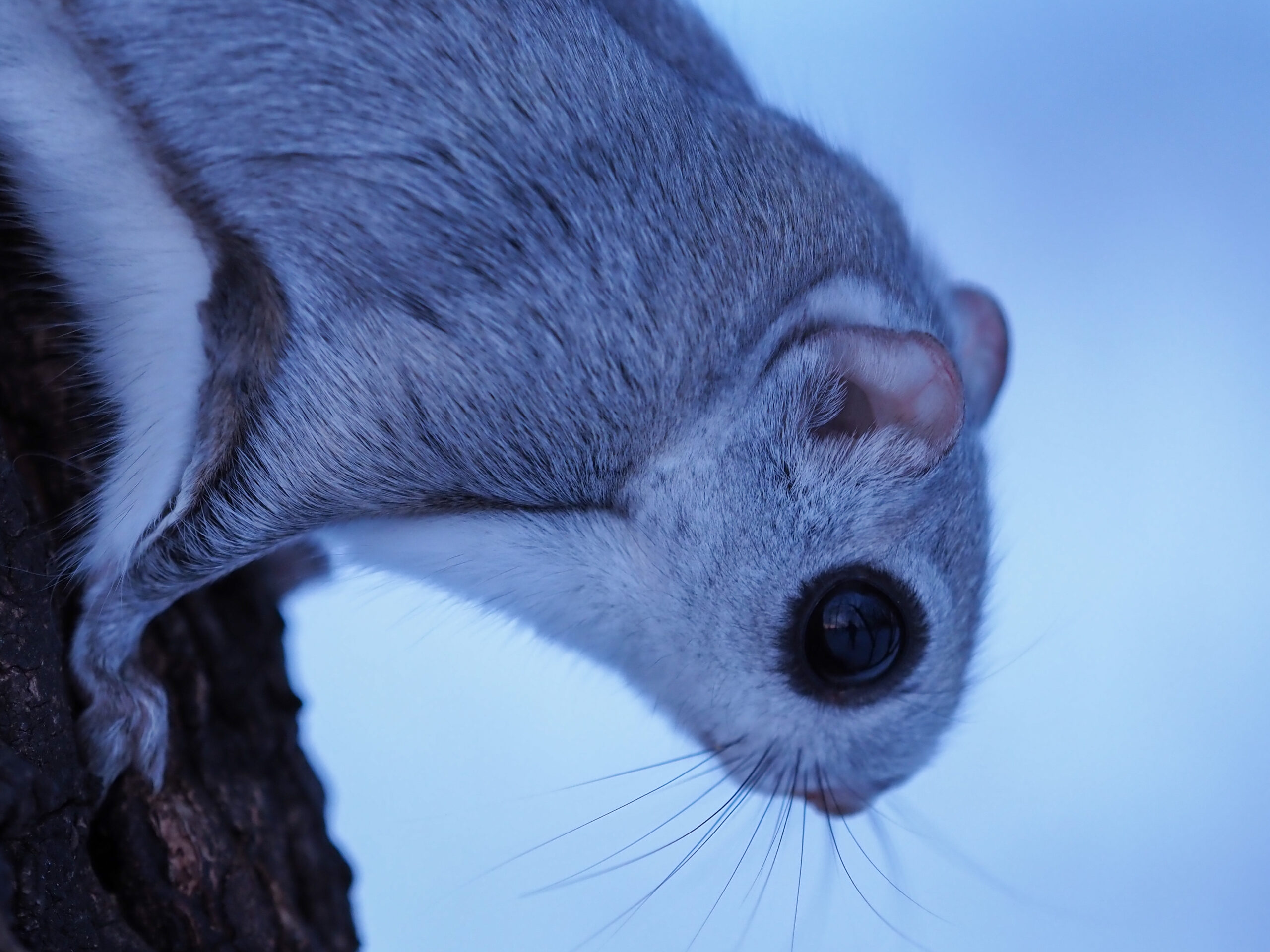
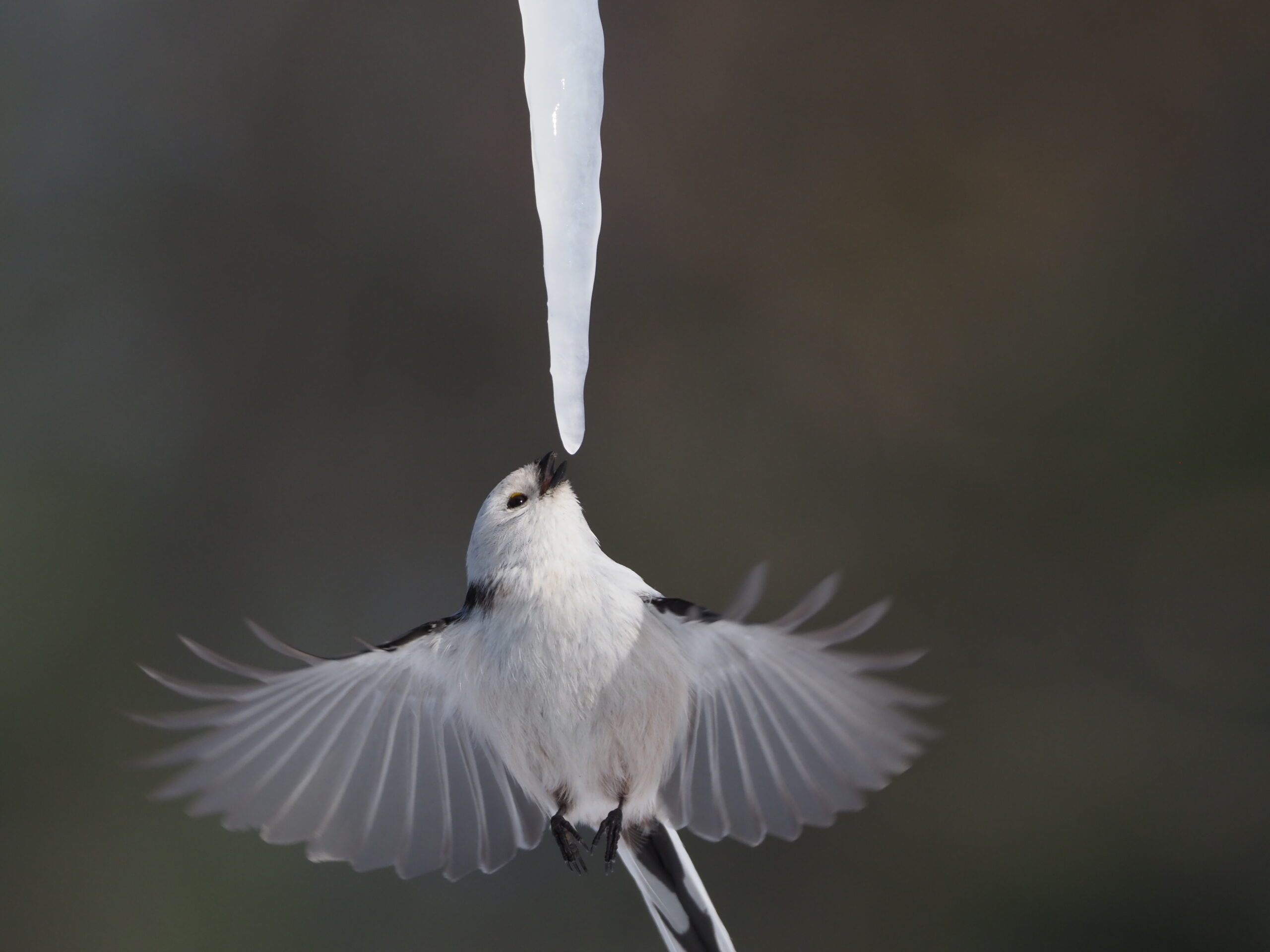
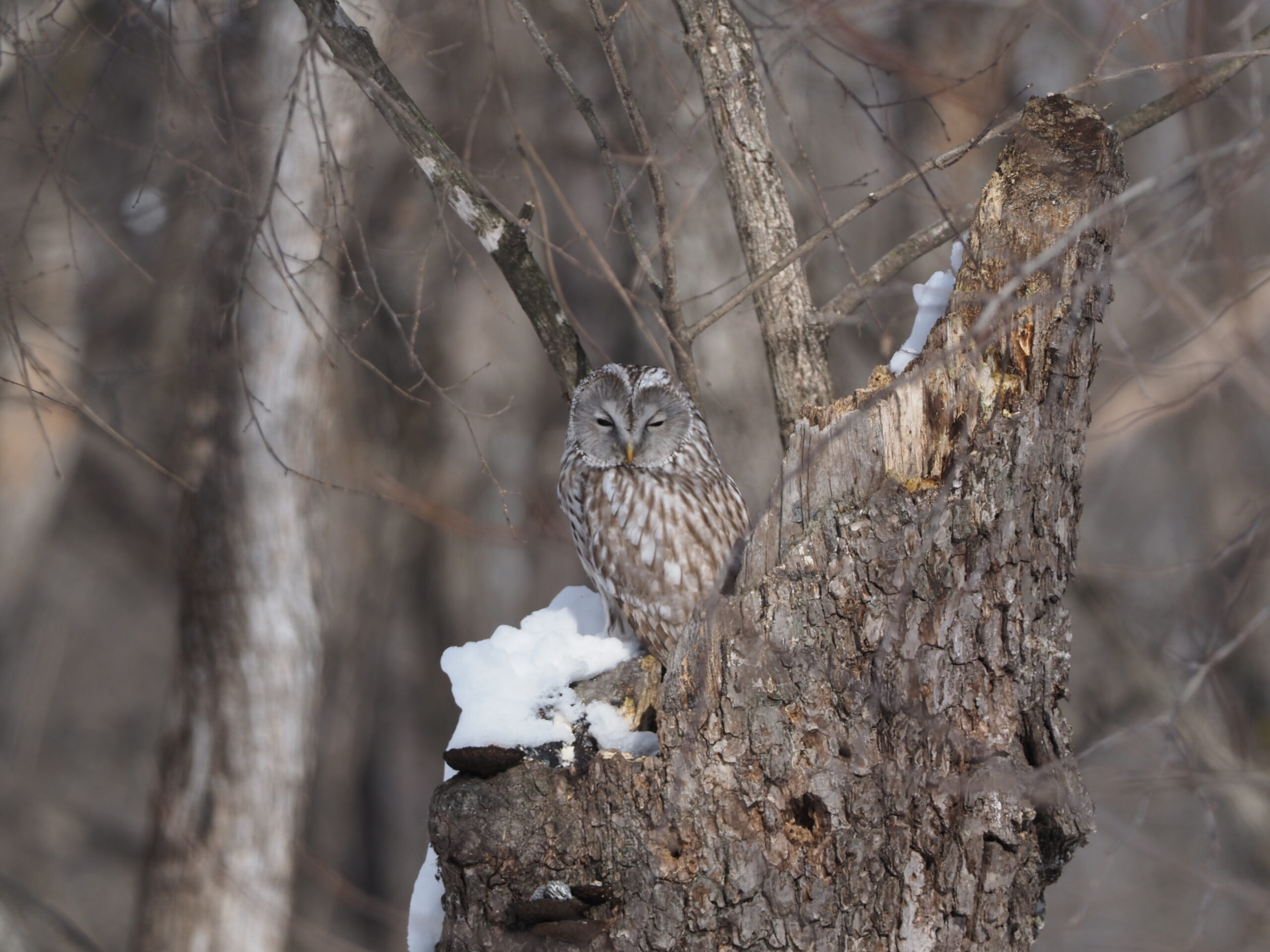
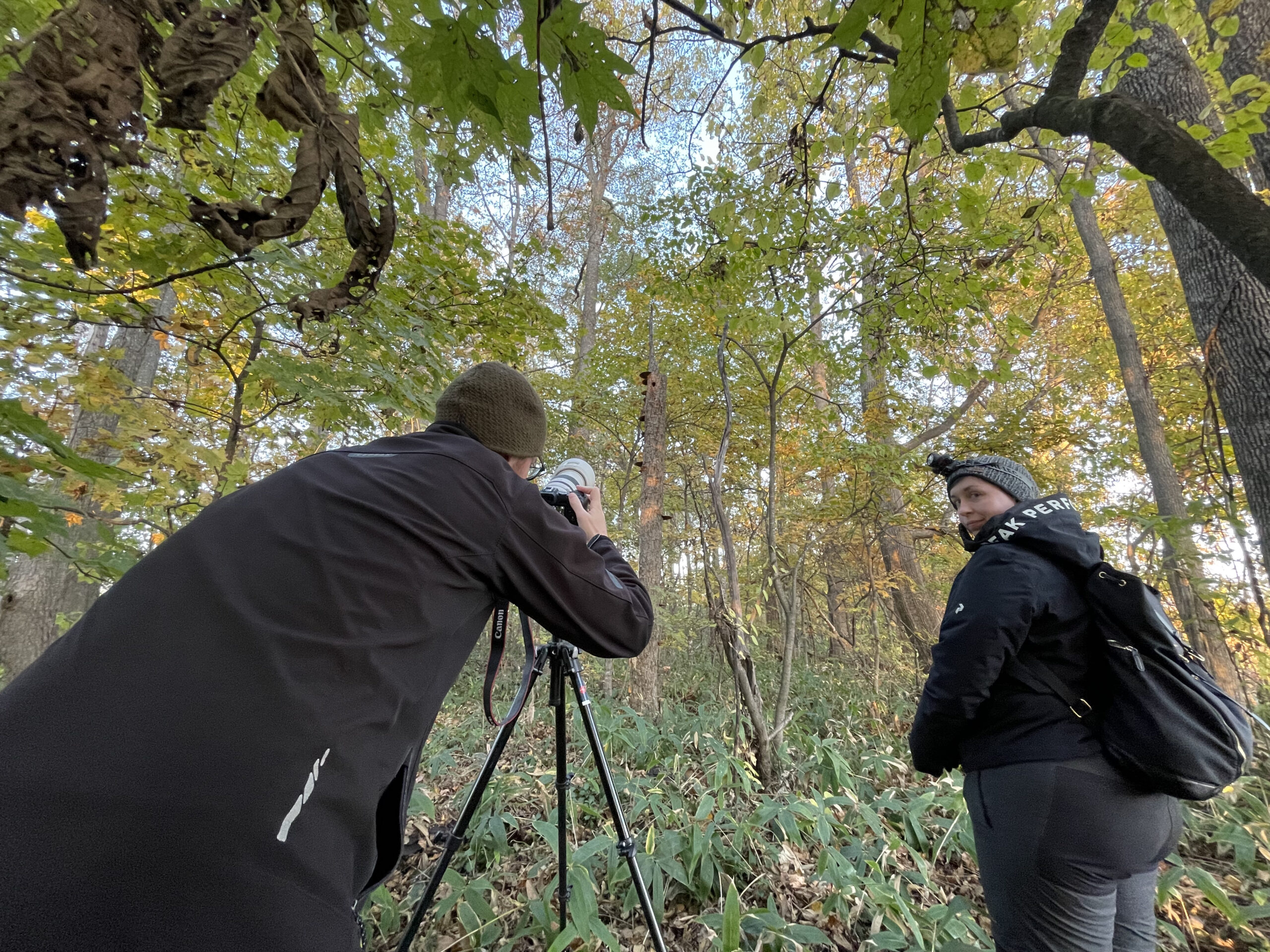
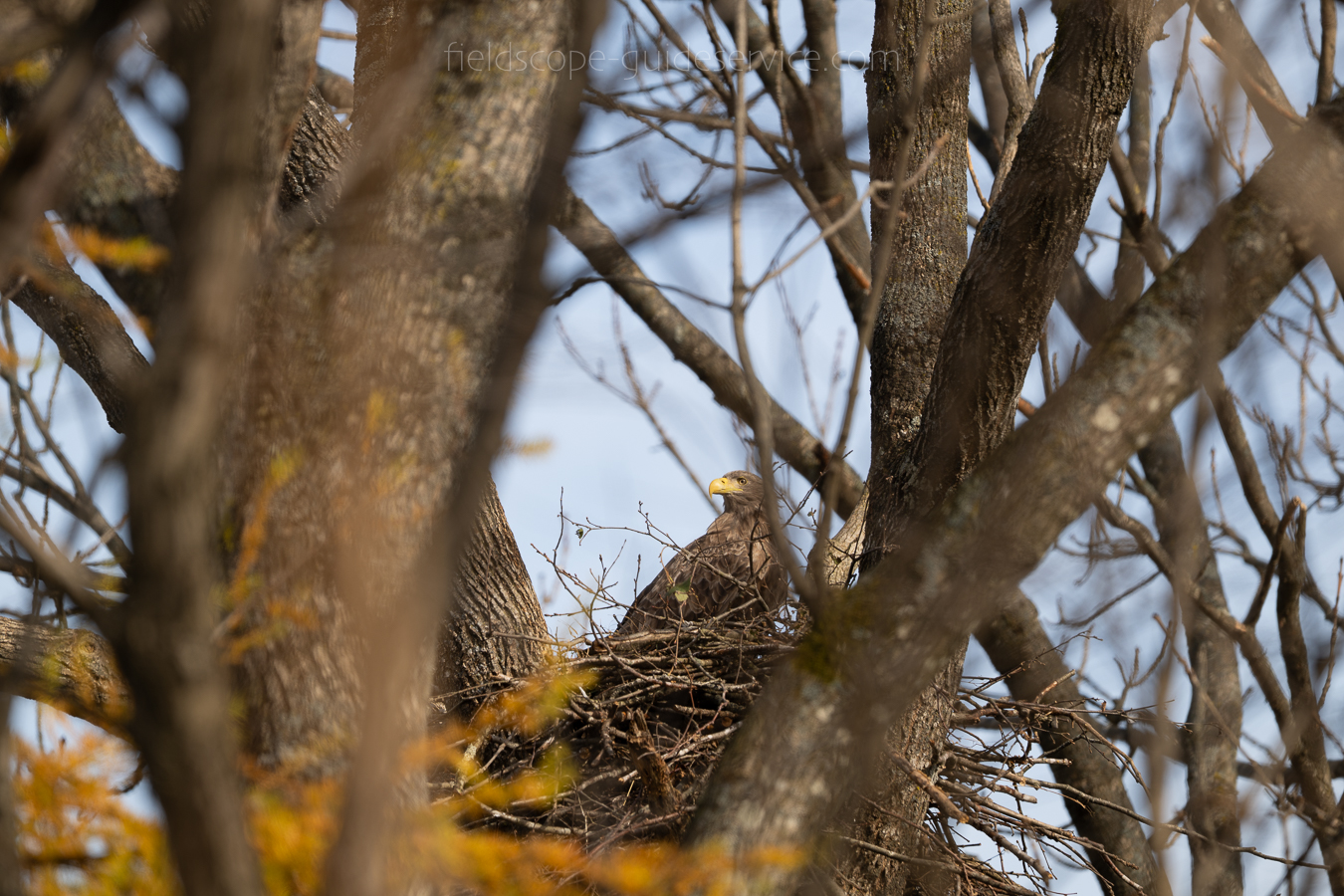
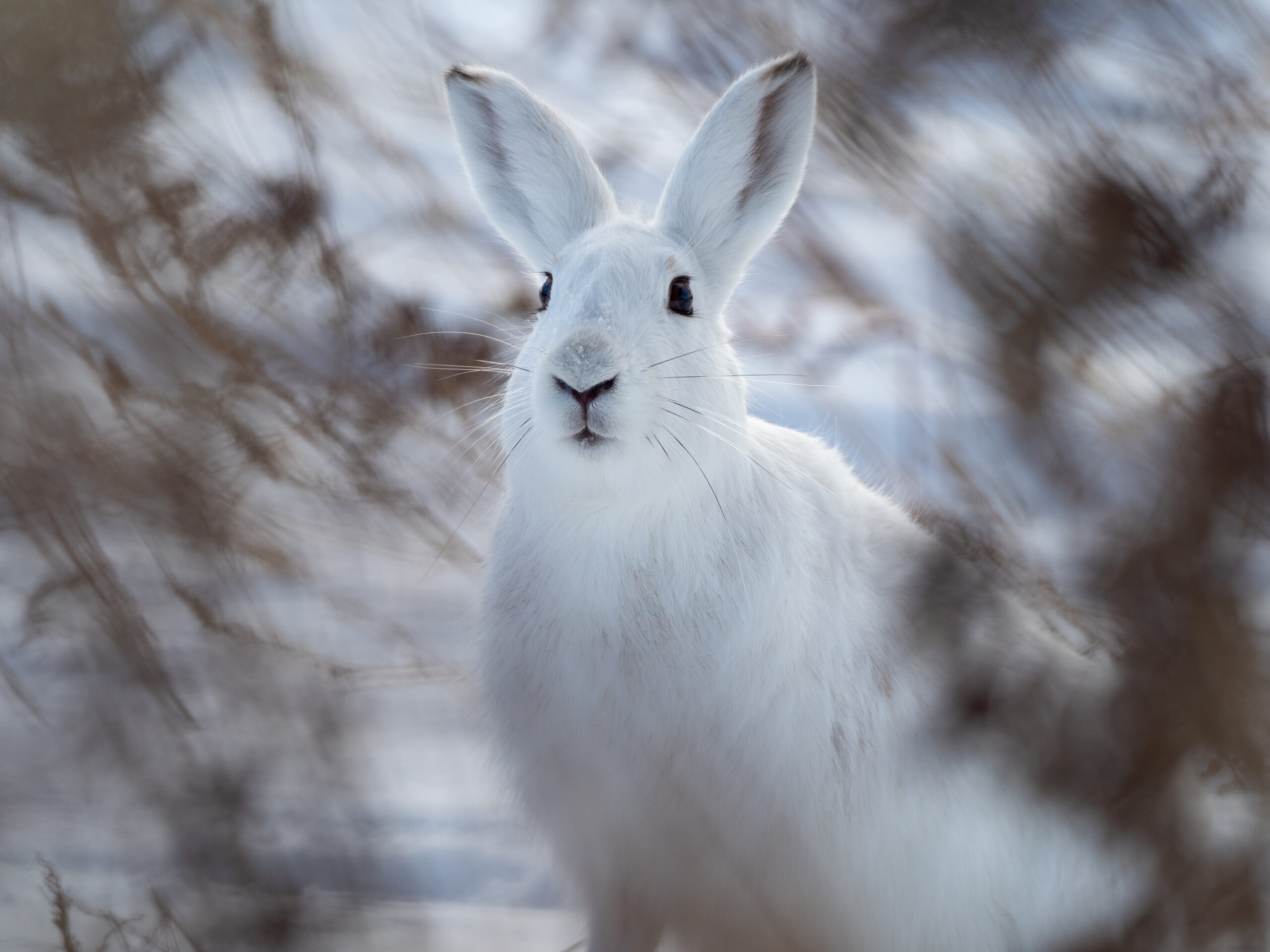
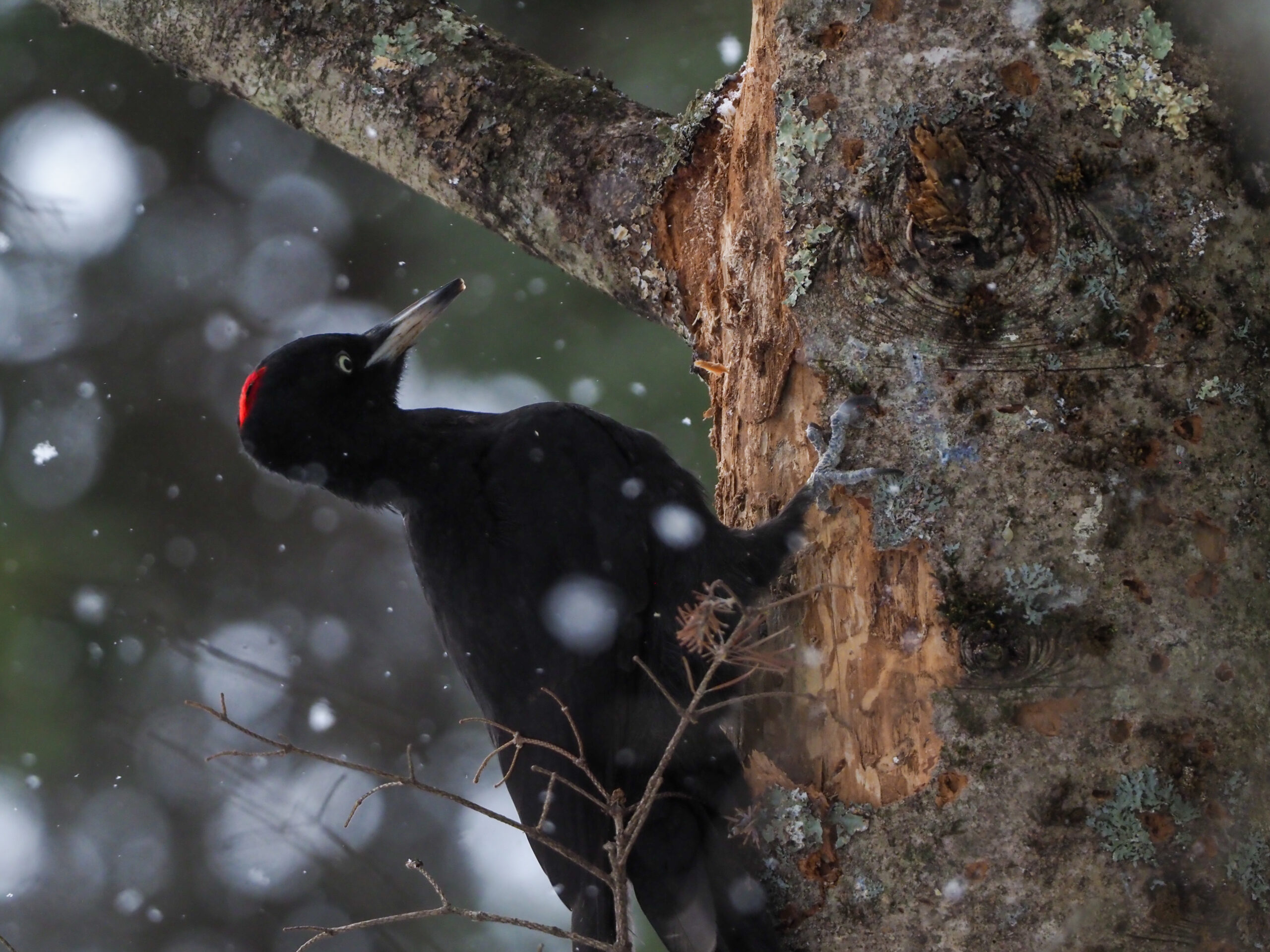
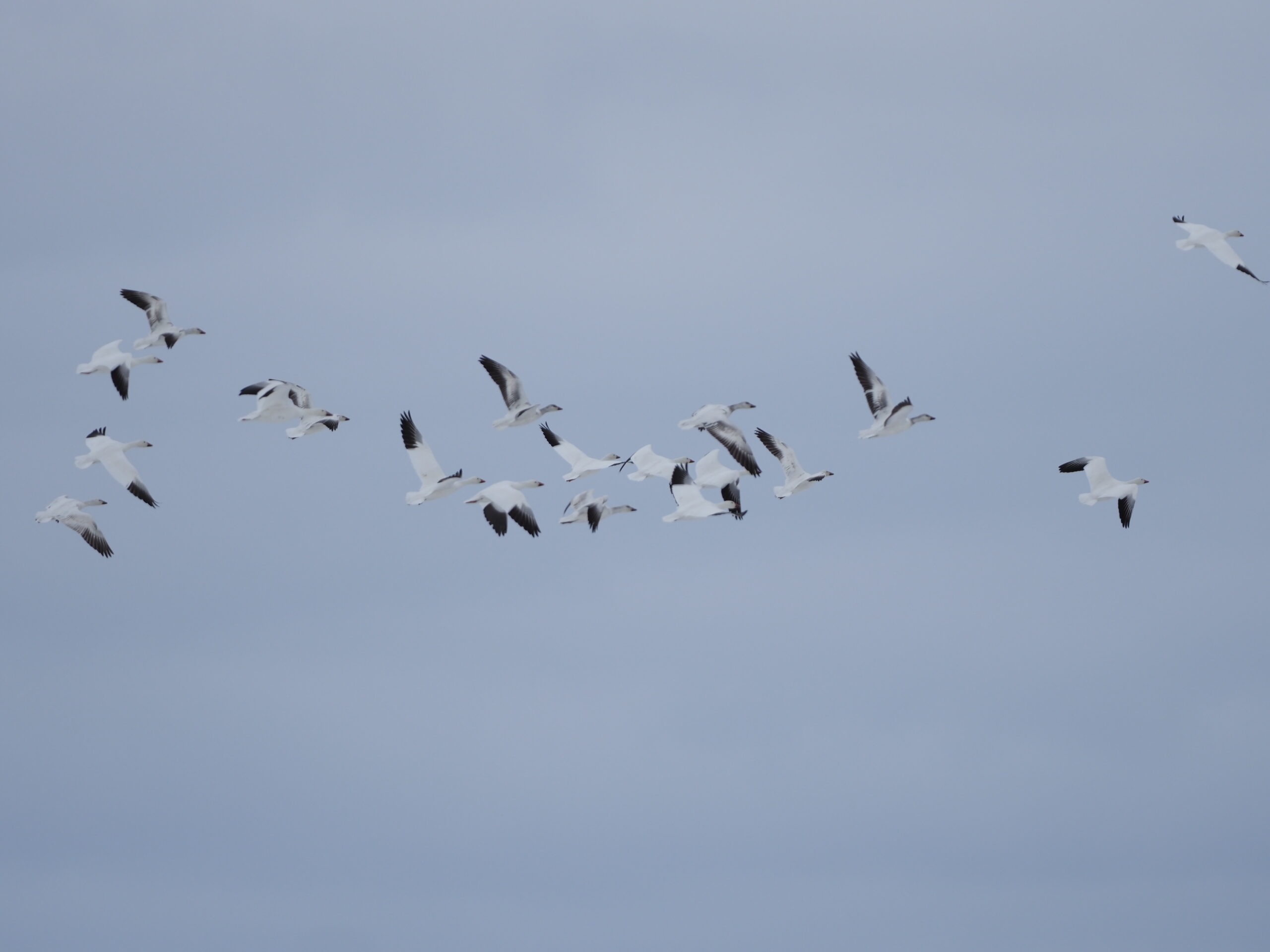
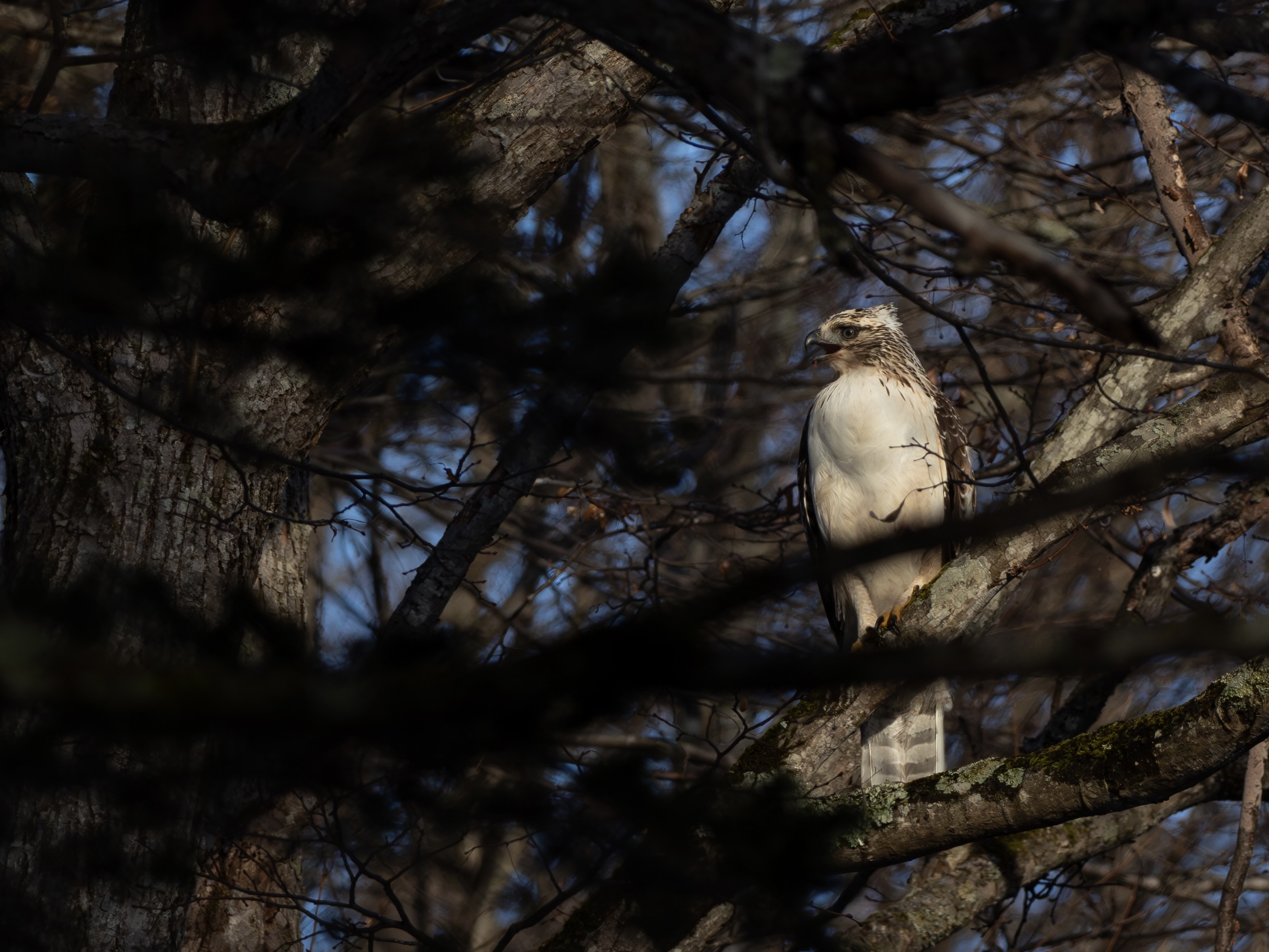
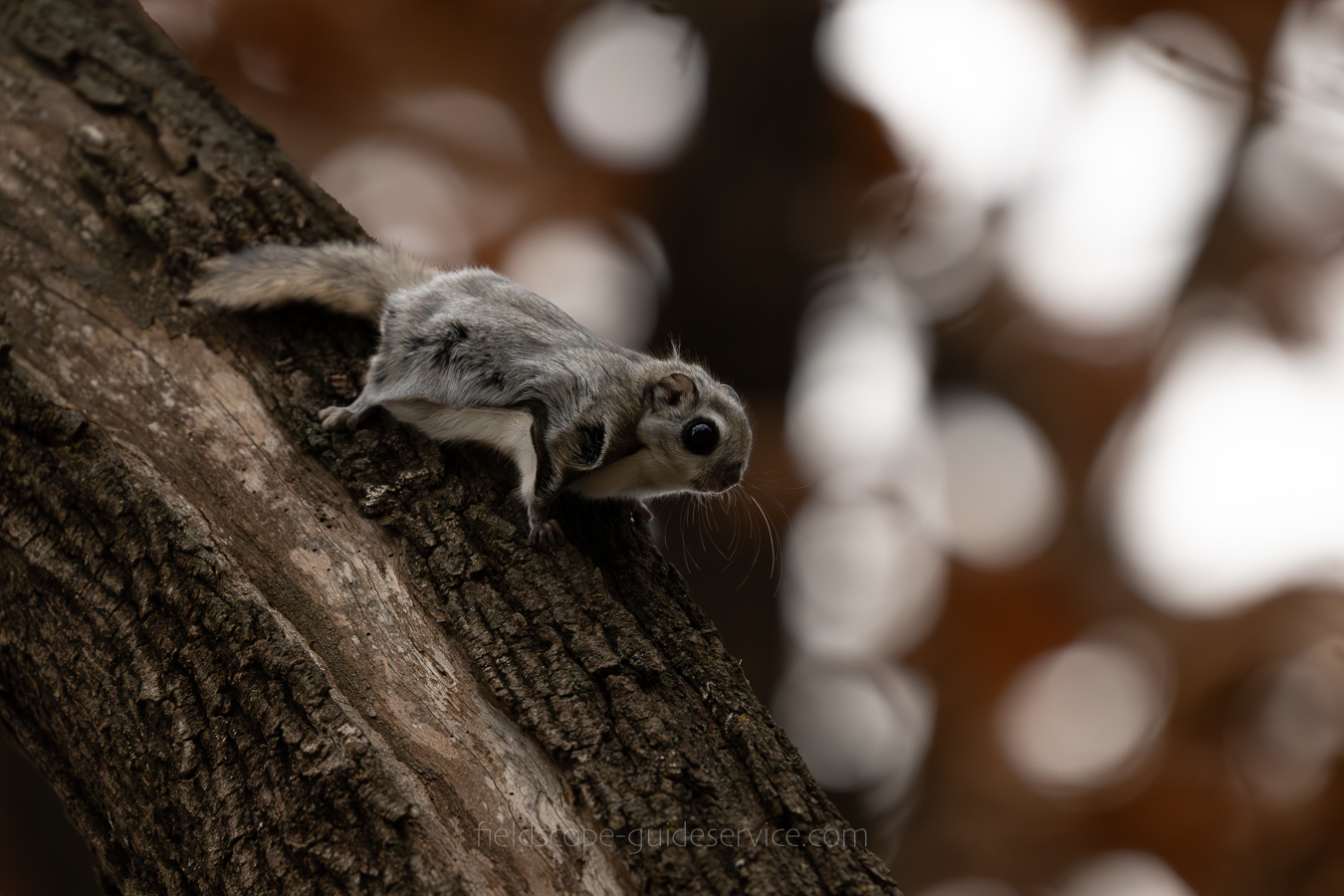
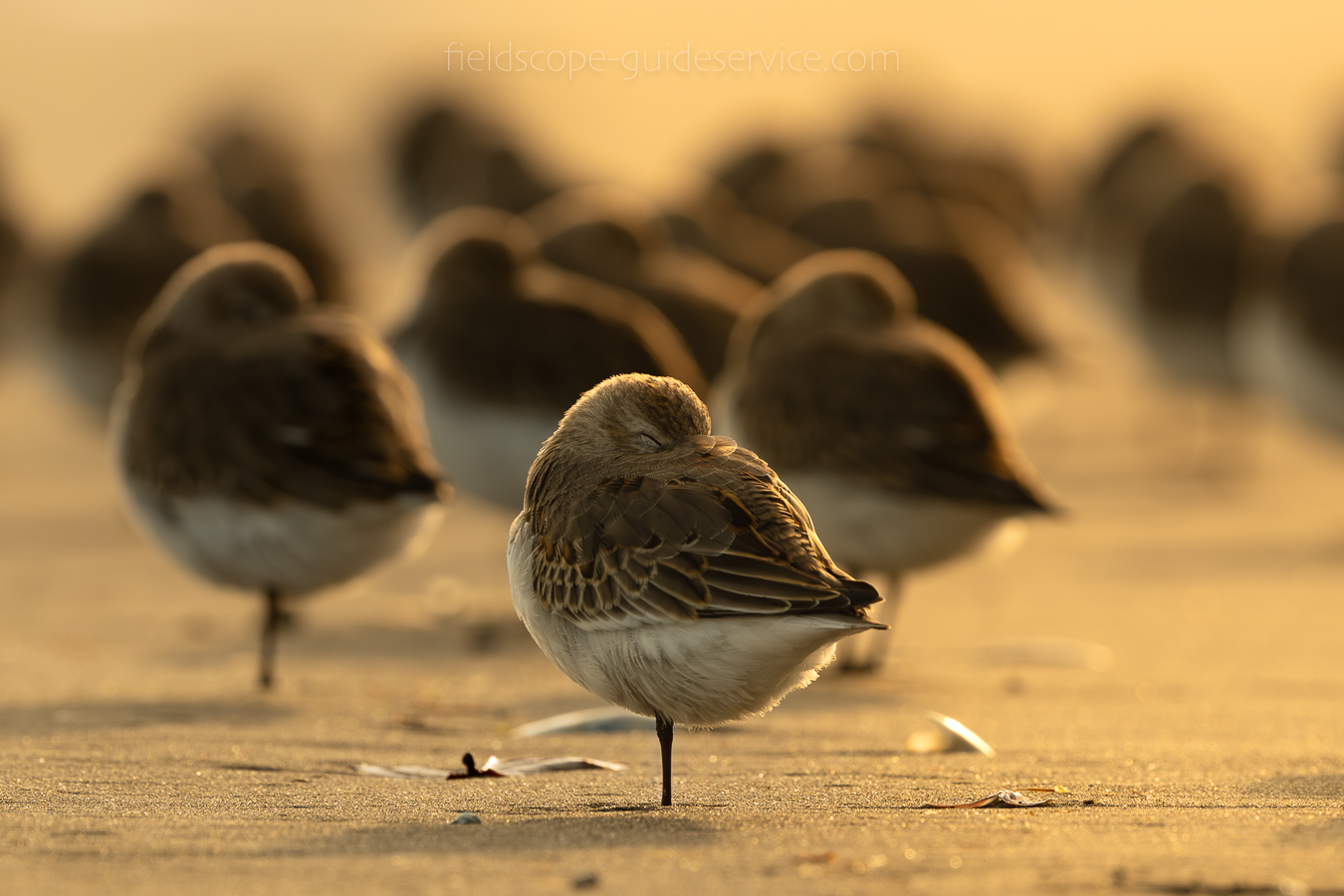
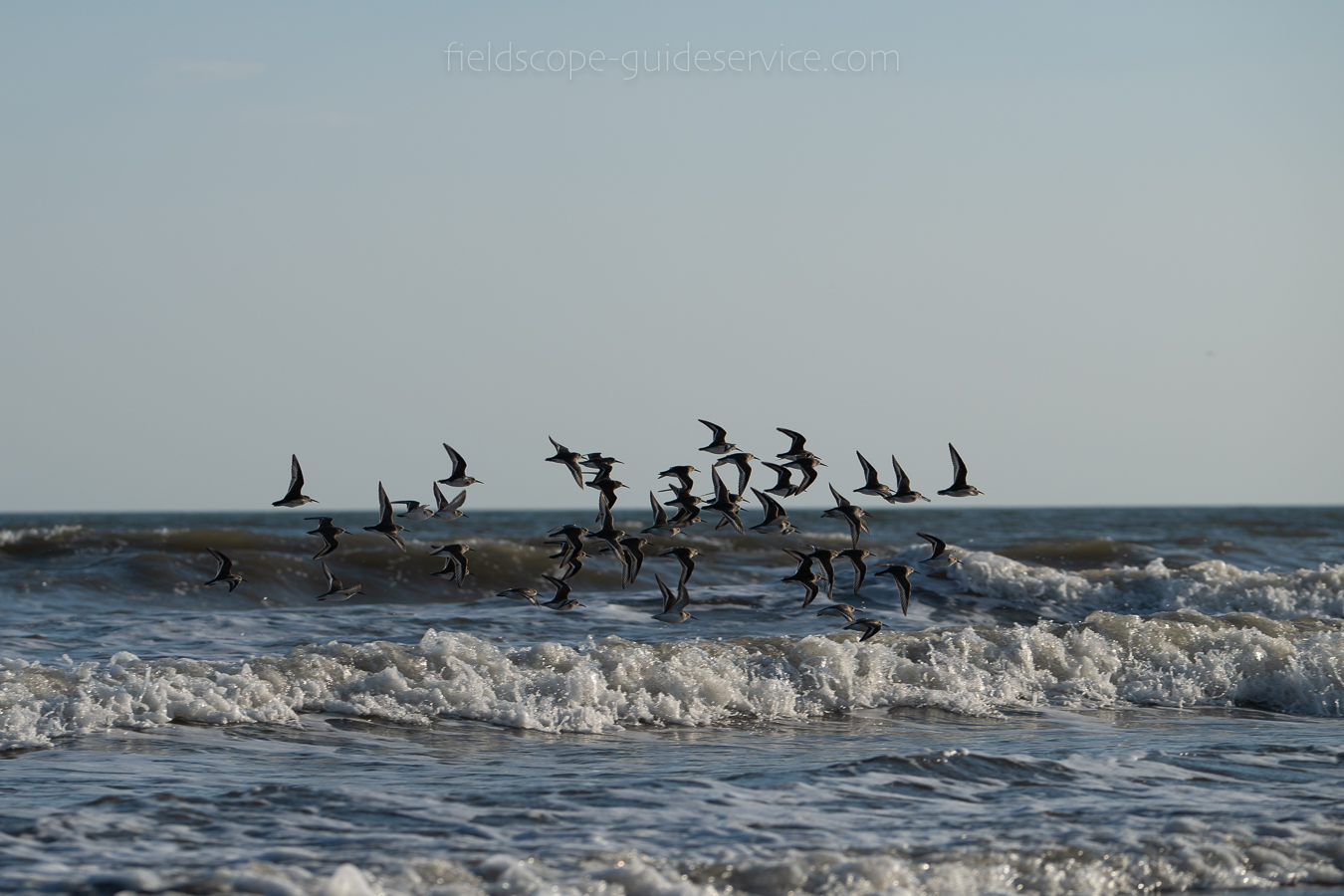
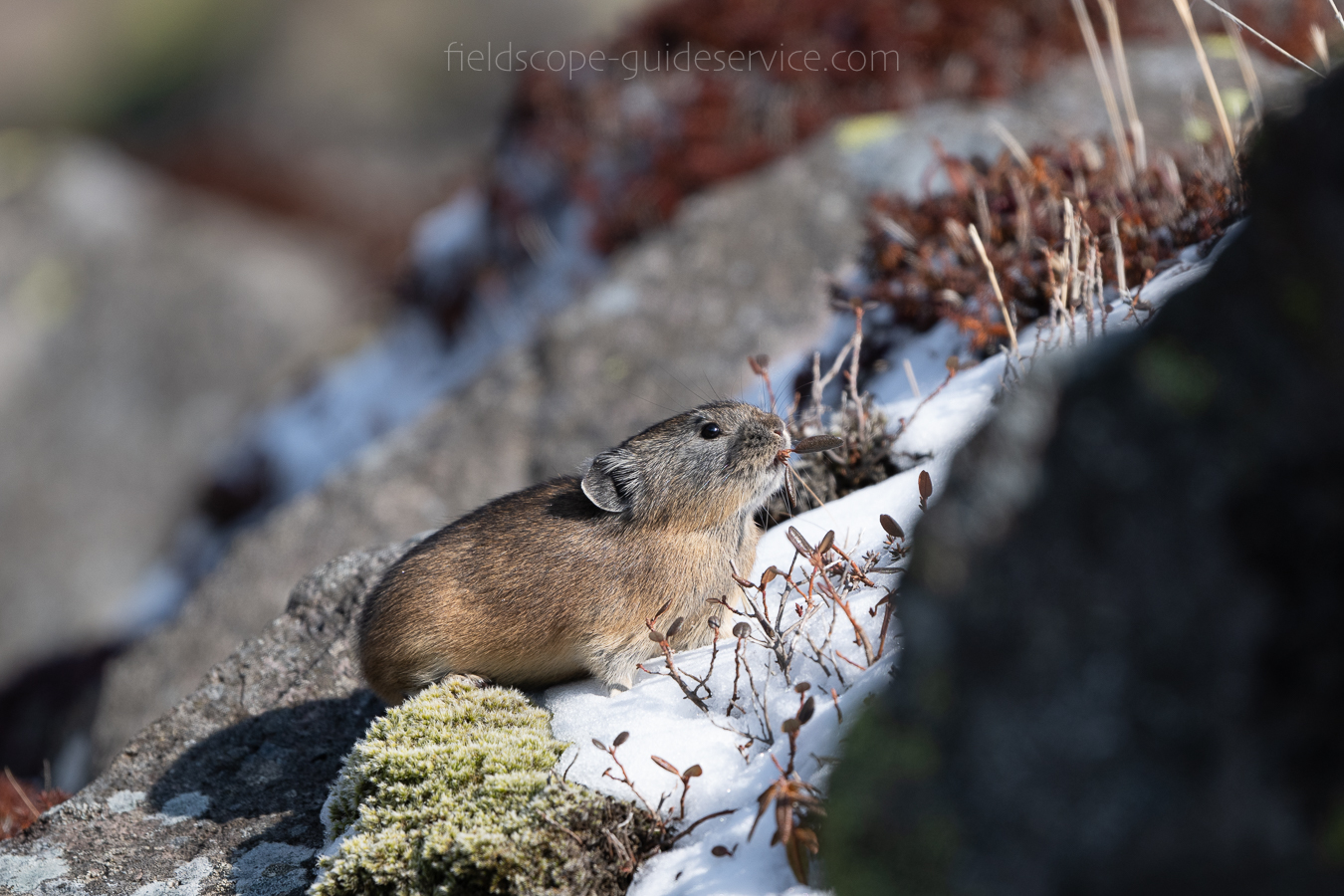
Guide Details
Guide content
Private guide
Lunch and drinks included
Guide Area
Tokachi area, centered around Obihiro
Guide fee
9Hour:
1Person 80,000yen
2Person 64,000yen
3Person 48,000yen
7Hour:
1Person 60,000yen
2Person 48,000yen
3Person 36,000yen
4Hour:
1Person 46,000yen
2Person 40,000yen
3Person 32,000yen
※This may vary depending on the season and the guided tour.
Spring-Summer
2025/4-2025/9
Autum-Winter
2025/10-2026/3
HOKKAIDO WILD LIFE SEASON
| Jan | Feb | Mar | Apr | May | Jun | Jul | Aug | Sep | Oct | Nov | Dec | |
|---|---|---|---|---|---|---|---|---|---|---|---|---|
| Ezo momonga(flying squirrel) | ◎ | ◎ | ◎ | ○ | △ | △ | △ | △ | △ | ○ | ○ | ◎ |
| Ezo red squirrel | ◎ | ◎ | ◎ | ◎ | ◎ | ◎ | ◎ | ◎ | ◎ | ◎ | ◎ | ◎ |
| Ezo chipmunk | △ | ○ | ○ | ◎ | ◎ | ◎ | ○ | |||||
| Ezo red fox | ○ | ○ | ○ | ◎ | ◎ | ◎ | ◎ | ○ | ○ | ○ | ○ | ○ |
| Ezo owl | ◎ | ◎ | ◎ | ○ | ○ | ○ | ○ | ○ | ○ | ○ | ◎ | ◎ |
| Red crowned crane | ◎ | ◎ | ◎ | ○ | ○ | ○ | ◎ | |||||
| Hokkaido snow hare | ◎ | ◎ | ○ | ○ | ◎ | ◎ | ||||||
| Long-tailed-tit | ◎ | ◎ | ◎ | ◎ | ◎ | ○ | △ | △ | △ | △ | ○ | ◎ |
| Black woodpecker | ◎ | ◎ | ◎ | ○ | ○ | ○ | ◎ | |||||
| Crested Kingfisher | ◎ | ◎ | ◎ | ○ | ◎ | ◎ | △ | △ | △ | △ | △ | ◎ |
Even with the same wildlife, a change of season reveals a completely different side of them. From April to May, many animals enter the breeding season, and Shima-enaga, Hokkaido red foxes, black woodpeckers, and owls all begin raising their young. During this sensitive time, I guide with extra care and pay close attention to avoid disturbing them. Compared to other seasons, photography and observation will be done from a greater distance, so I kindly ask for your understanding.
Essential gear
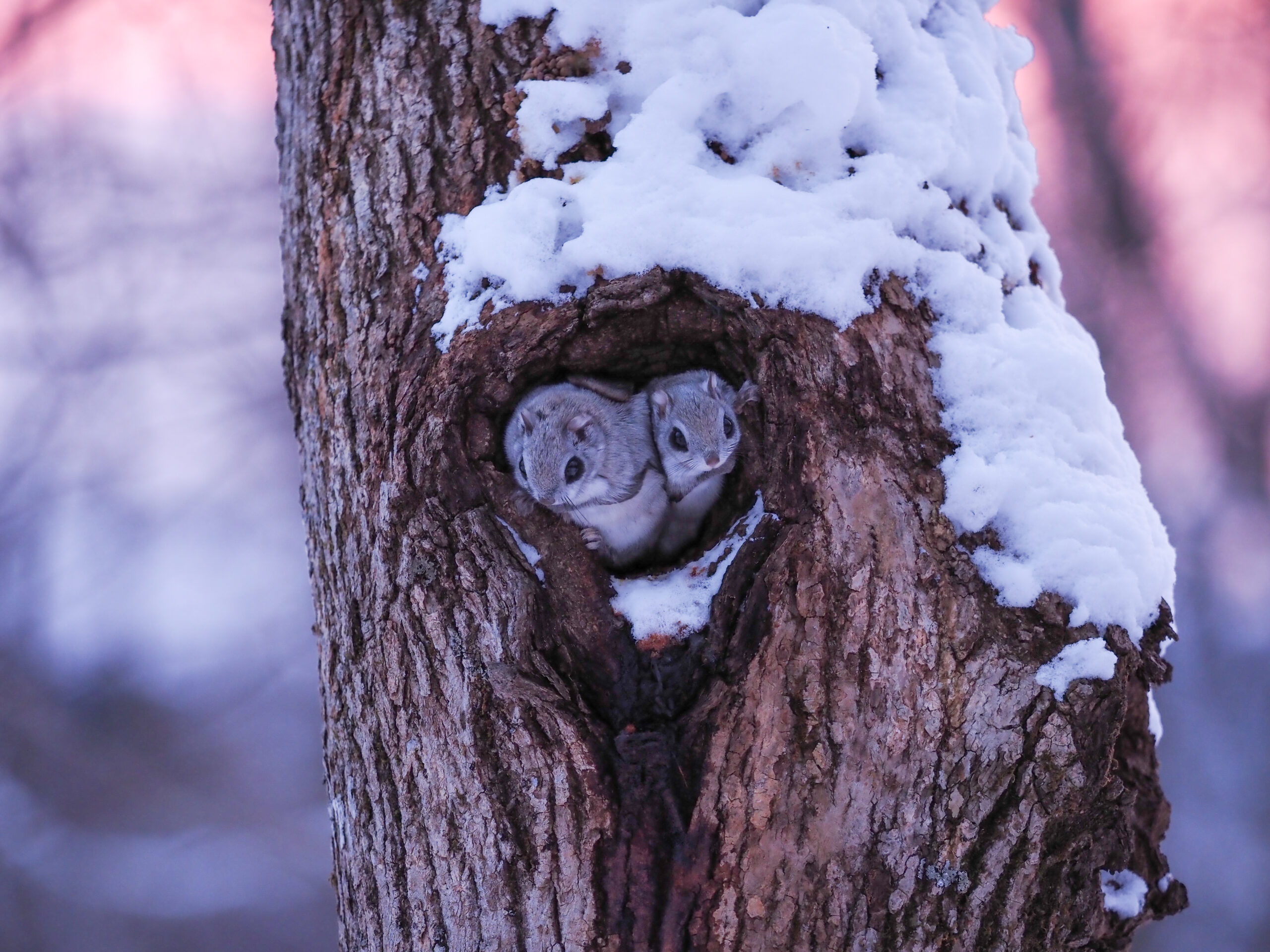
The Ezo momonga is a species of flying squirrel in the family Sciuridae, order Rodentia, and is endemic to Hokkaido. The Ezo momonga lives in trees year-round and rarely descends to the ground. It has flight membranes on its forelimbs and hind limbs, which it spreads to glide between trees. Its diet changes with the seasons, and in winter, it feeds on the catkins, winter buds, and flowers of alder, birch, larch, and elm, as well as the leaves of the Sakhalin fir. During the snow-free period, I haven't observed them continuously, so I haven't personally seen it, but it seems that in summer they may also eat insects. Due to the difference in the water content of their food, their feces are capsule-shaped in winter, but often become more disorganized in spring and summer. Because they are preyed upon by predators, they never descend to drink water; they hydrate while remaining in the trees. I've actually witnessed them drinking water droplets from moss or lichens on tree bark or from snowmelt. They are nocturnal, so they sleep in their nests during the day. Around 20 minutes before or after sunset, they often emerge from their nests to first defecate and urinate (this is a clue when searching for the momonga). However, in mountainous areas, it often snows daily, so they sometimes hide. The few minutes during this time are a great opportunity for photography. Afterward, they might perch on a nearby branch, glide a short distance to grab nearby food, or quickly climb the trunk and perform a long glide. Their behavior can vary depending on their personality and the pressure from humans. The characteristics of each individual in the nest will be shared by the guide, but unexpected movements may occur, so it's important to visualize how to respond to any situation. In any case, observation and photography time is short, typically only around 15 minutes, during both the morning and evening. Therefore, I recommend taking several days to patiently challenge yourself.
FLYING SQUIRREL
As the cold intensifies Around late November, the momonga begins living in groups in a single nest. In the deep mountainous areas, there are many natural enemies of the momonga, such as the Japanese marten, the red fox, the sable, and owls. The lifestyle of the momongas in these mountainous regions seems to differ slightly from those in the plains. They don't become very accustomed to humans and tend to be highly cautious, which indicates how strong their wild instincts are. For humans, the harshness of nature remains the same — cold, dark, and heavy snow that can obstruct observation. In such conditions, one must face the challenge. Taking photos in such a solemn environment, where animals are undisturbed by human presence, means that capturing the perfect shot in just one attempt is difficult. Even so, there is a reason I repeatedly visit the nests. By returning to meet the momongas time and time again, I am able to feel the passage of time, the seasonal changes, and the quiet moments spent waiting for them in an environment free from any artificial structures. Whether it's a snowstorm, or a morning cold enough to make the air feel sharp, I head out for observation because I want to feel the breath of the animals, no matter the situation. And there is the excitement of being able to capture that fleeting moment with a camera. The sight of snowflakes resting on their faces, their noses twitching in the snow, is something not easy to photograph in areas with little snowfall. Above all, I walk around because I want to share this incredible experience with my guests, even just a little.
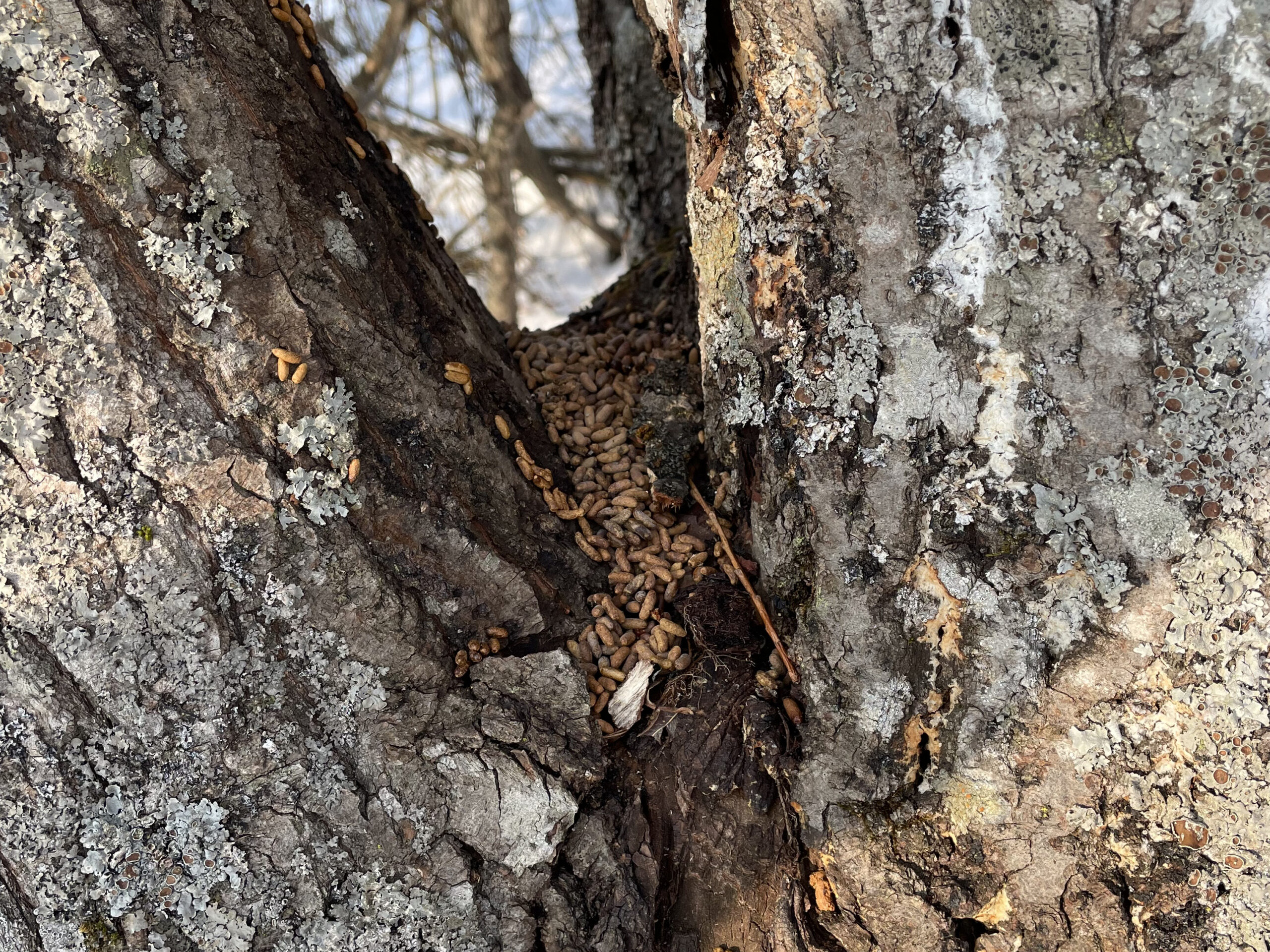
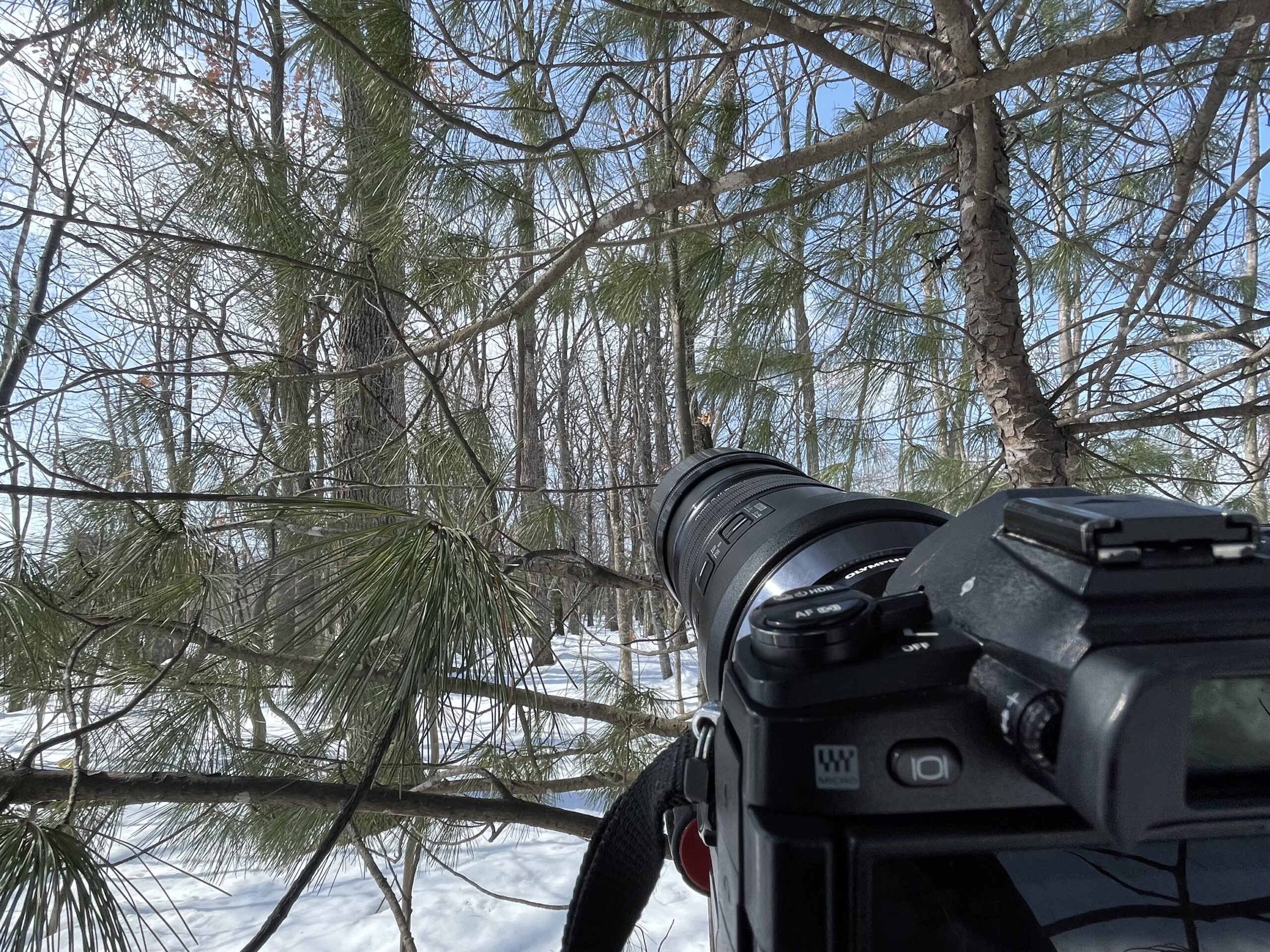
Photographing momongas is a battle against the darkness and cold. Since the shutter speed tends to slow down, a tripod is essential to minimize blur. It should be stable, easy to operate, and preferably a lightweight carbon model, as aluminum can make your hands cold. A remote shutter release is also recommended, as it allows you to avoid missing opportunities while keeping your hands warm in your pocket. To prevent the situation where the momonga finally appears but you can't take a photo because of a dead battery, make sure to bring spare batteries. They tend to drain faster in cold temperatures. The waiting time in the nest can be up to about 40 minutes, so be sure to dress warmly, including your hands, feet, and head. Consider your camera's operability and ease of movement, and find the gear that feels comfortable to you. I use medium-thick gloves with windproof properties, and winter boots that go up to just below the knees, with removable inner liners to prevent snow from getting inside. If you have concerns about clothing or the cold in Hokkaido, feel free to consult me in advance.
The equipment used by the guide is The gear is specialized for lightweight support. Whether it’s for research or guiding, I prefer to stay as light as possible, so I use an Olympus mirrorless camera. With the Micro Four Thirds format, even a 600mm super-telephoto lens, combined with the camera body, weighs around 2kg, which is not a problem when waiting in front of the nest for the momonga. When I need to capture their gliding姿 or use a wide-angle shot, or when I know it will get dark, I use the "M.ZUIKO DIGITAL ED 40-150mm F2.8 PRO" lens along with a 1.4x teleconverter, depending on the situation. Since the shooting times are around sunrise and sunset, it’s usually quite dim, so I recommend using a bright lens, around F2.8 to F4.0. If you have a modern high-sensitivity camera, you may be able to compensate for slightly darker lenses with the camera’s performance. Of course, you can also go all in with a full-frame DSLR setup for more serious shots. When guiding, we won’t be walking long distances in the snow, so I’ll provide full support so you can focus entirely on your photography.
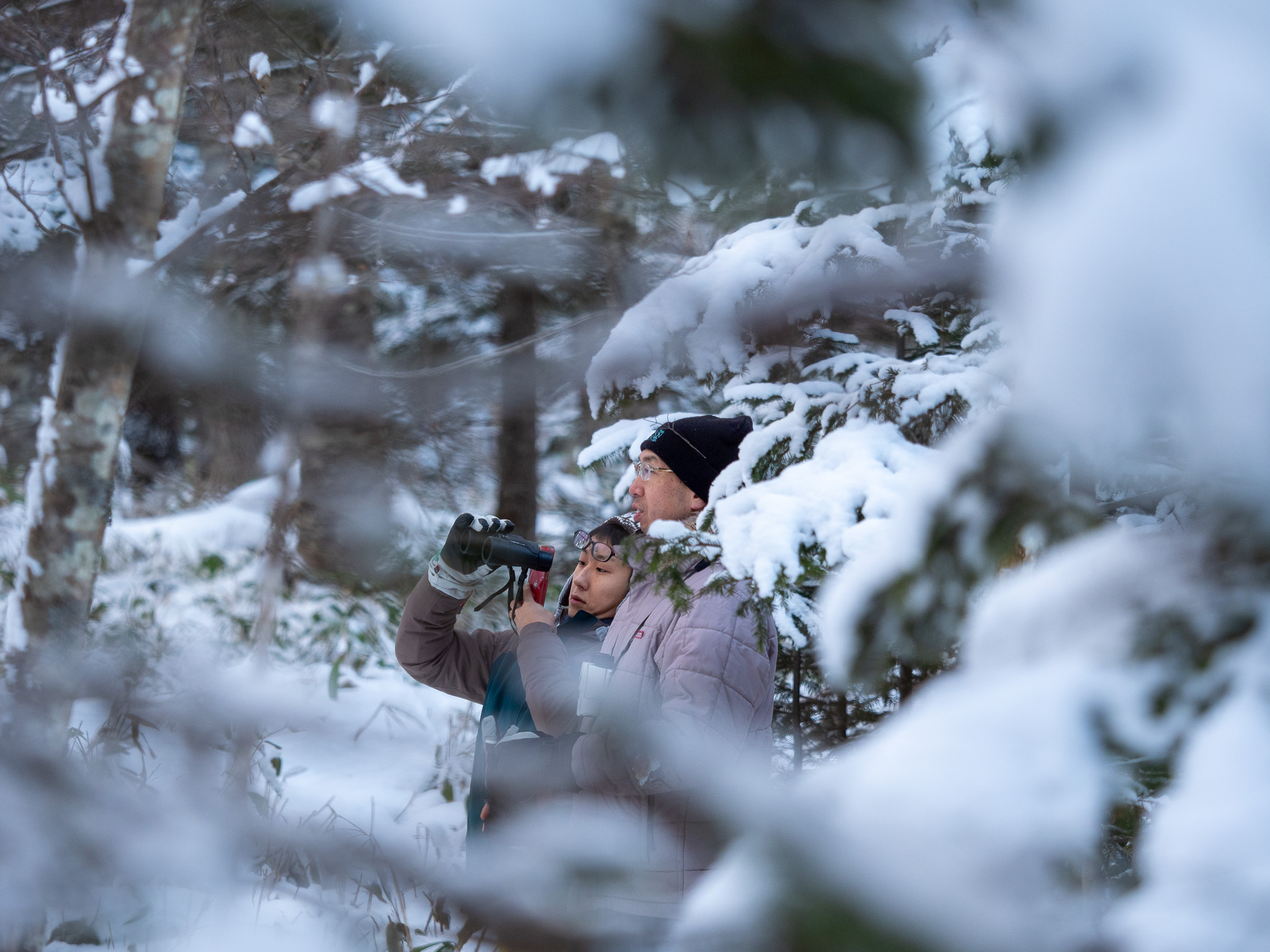

The true essence of nature is not just photography. Whether photography is the goal or not, start by etching it into your memory with your own eyes. When you look through binoculars, you'll be amazed at the clarity that’s different from a camera’s viewfinder. If you focus solely on observation, without worrying about the technicalities of photography, you can take home the finest memories of their subtle movements and the way their whiskers sway. There are times when I, too, quietly observe the flying squirrel through binoculars without preparing a camera. It may not be documented, but strangely, the cute gestures and the atmosphere of the moment are something I never forget. "I'm not interested in photography, but I just want to experience the nature of Hokkaido and maybe meet a flying squirrel." We welcome those people too. Let’s walk through the forest and search for different creatures together. Binoculars and boots are available for rent.
The most important thing to keep in mind when observing wildlife. The Ezo flying squirrel lives in places such as the windbreak forests in flatland areas, parks in urban areas, and wooded areas of ski resorts, which are relatively close to us. However, like all wildlife, they are not easily habituated to humans. When photographing or observing them, we strive to minimize any impact on their behavior. They are sensitive to sound, smell, and light, so we must wait quietly. Turn off your phone ringer, flash, and autofocus assist light. Set your camera settings in the car before arriving, and set up your tripod away from the nest before getting closer. Once you've found your position and composed your shot, try to stay still and refrain from talking—just wait patiently. The rustling of clothes, the sound of footsteps on snow, the metallic sound of the tripod or camera, and even the scents of perfume, makeup, hair products, and candy or chewing gum can all reach the flying squirrels. This could lead to them abandoning their nest or becoming too scared to come out, which would have negative effects on both parties. So, it’s important to keep these factors in check and stay as quiet as possible.
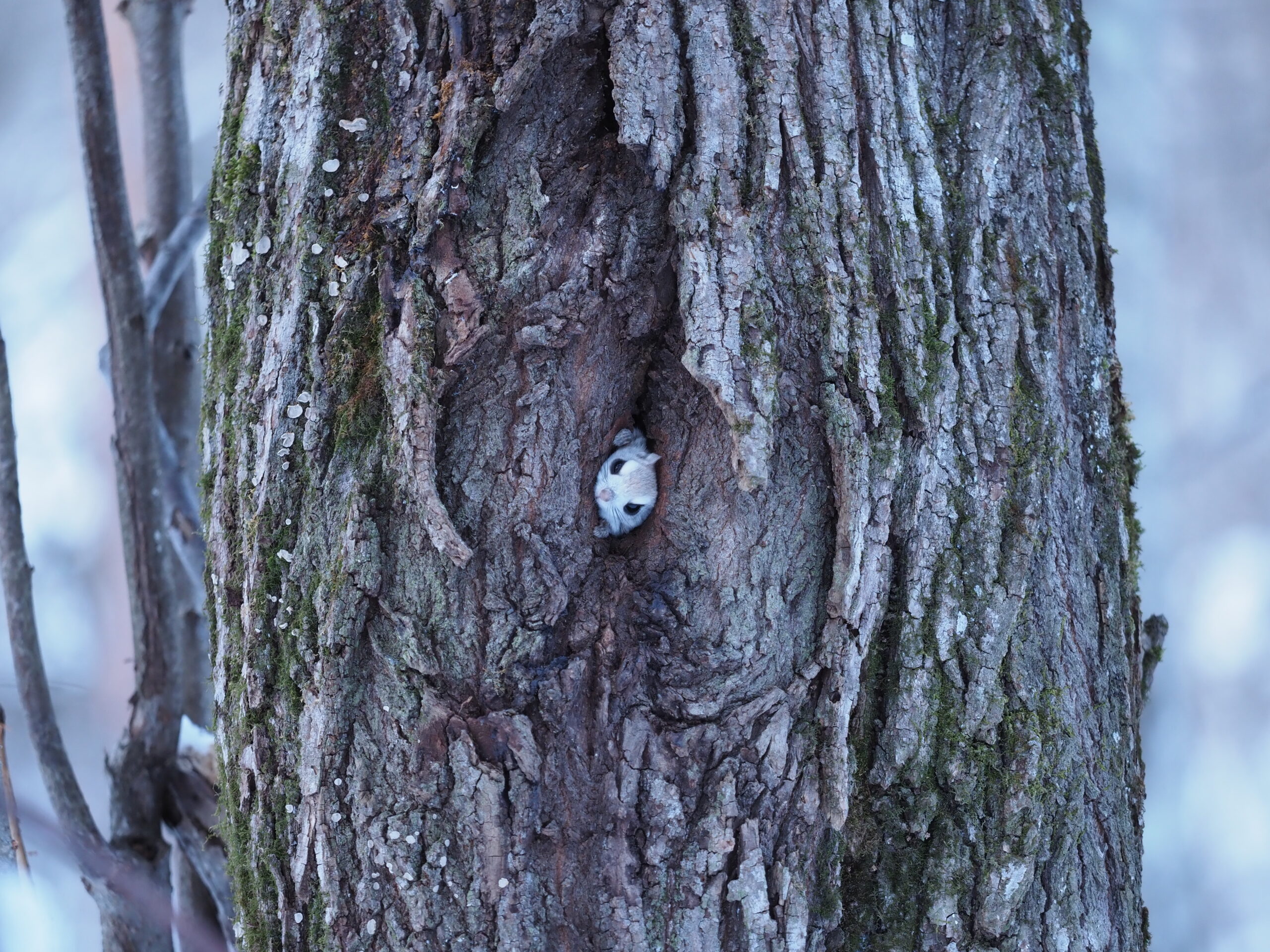
Testimonials-お客様の声
